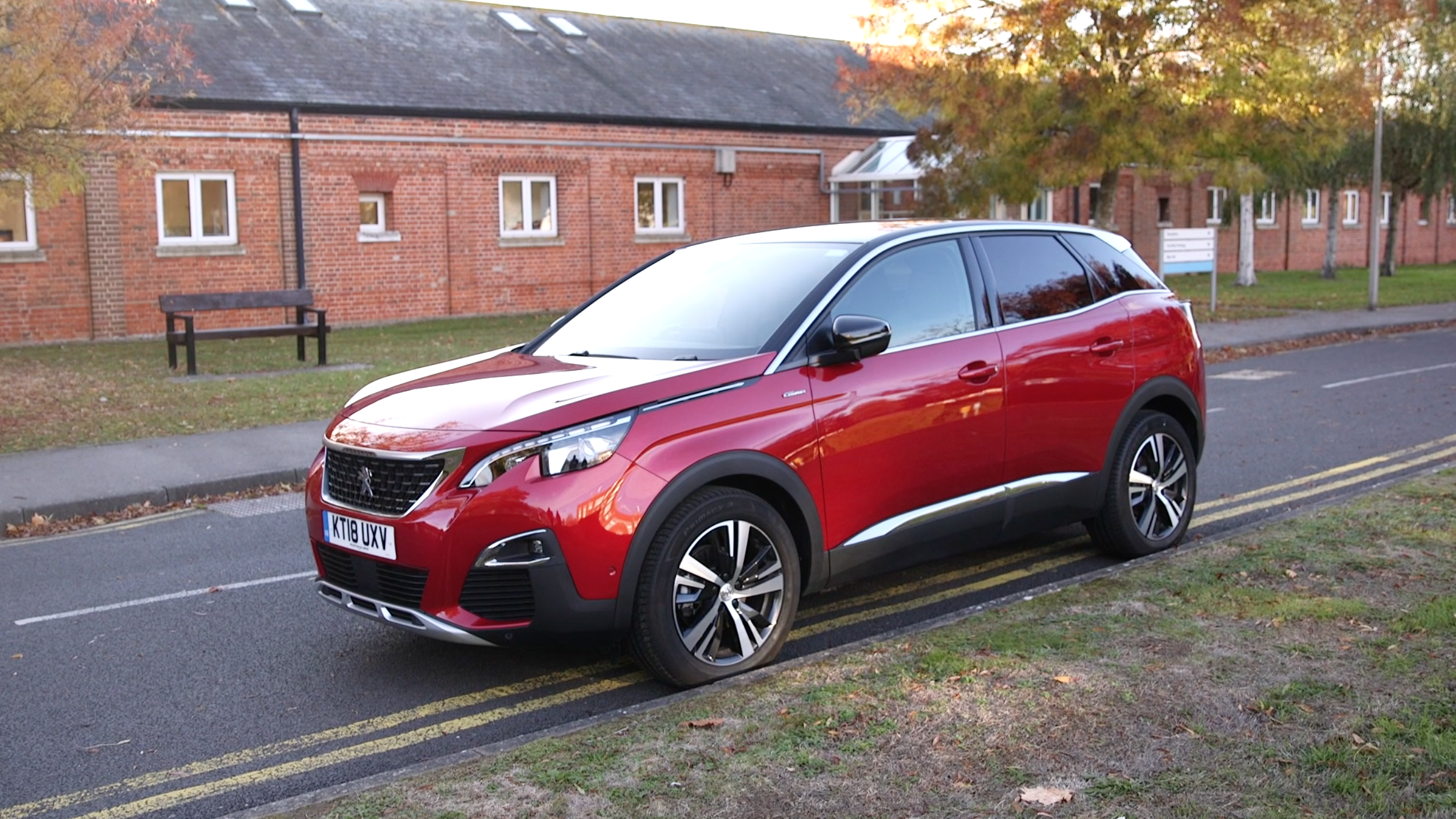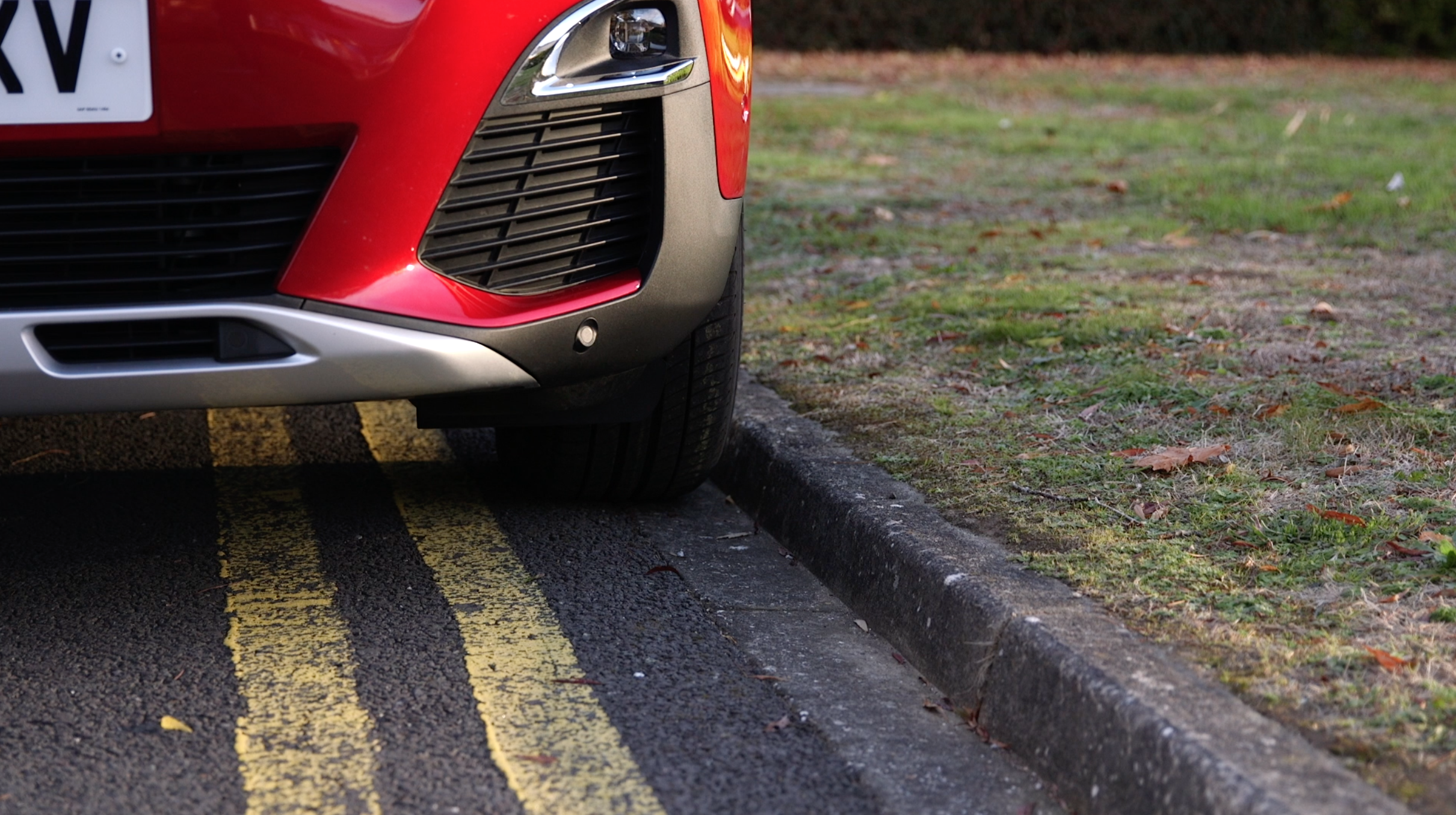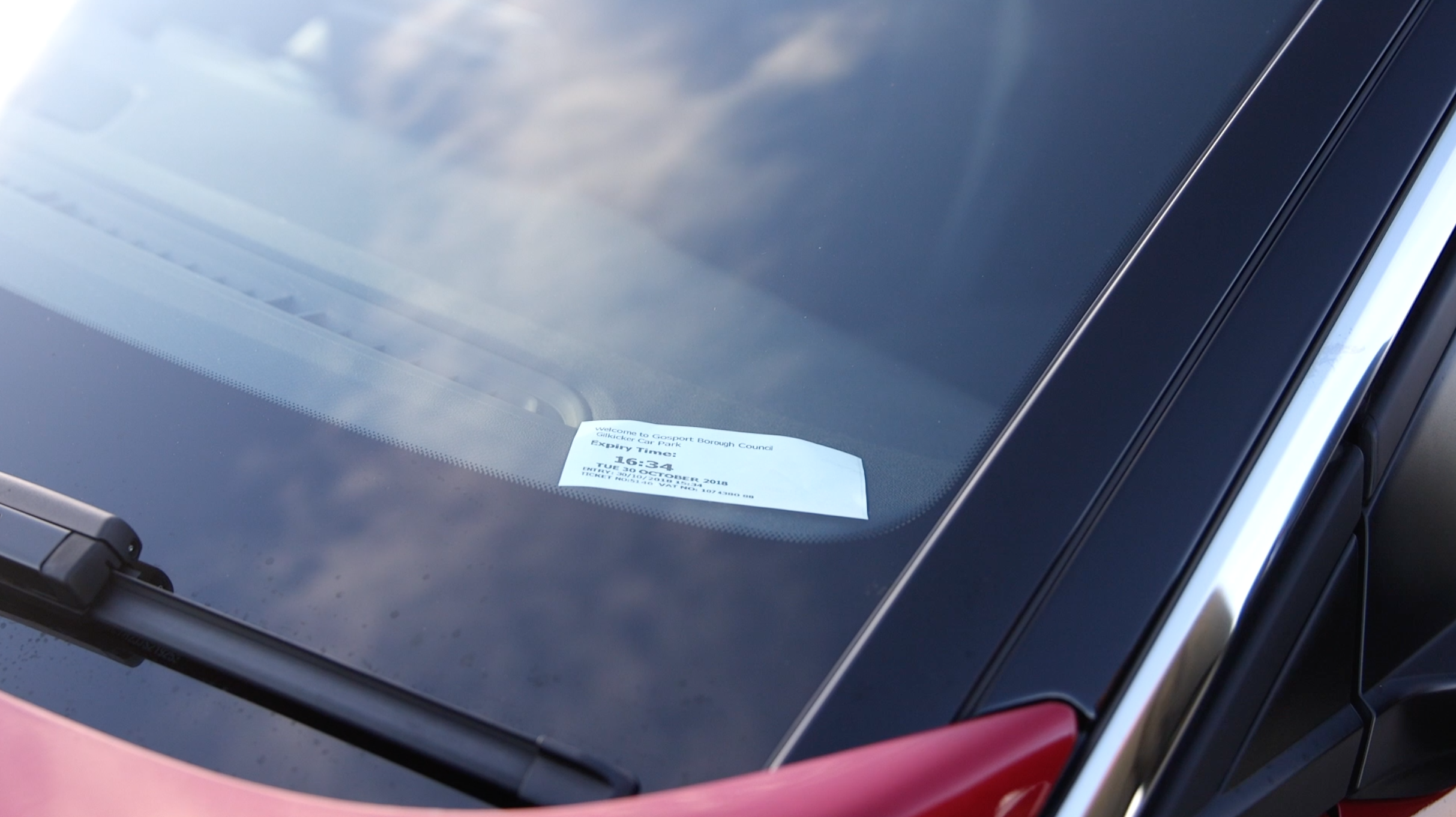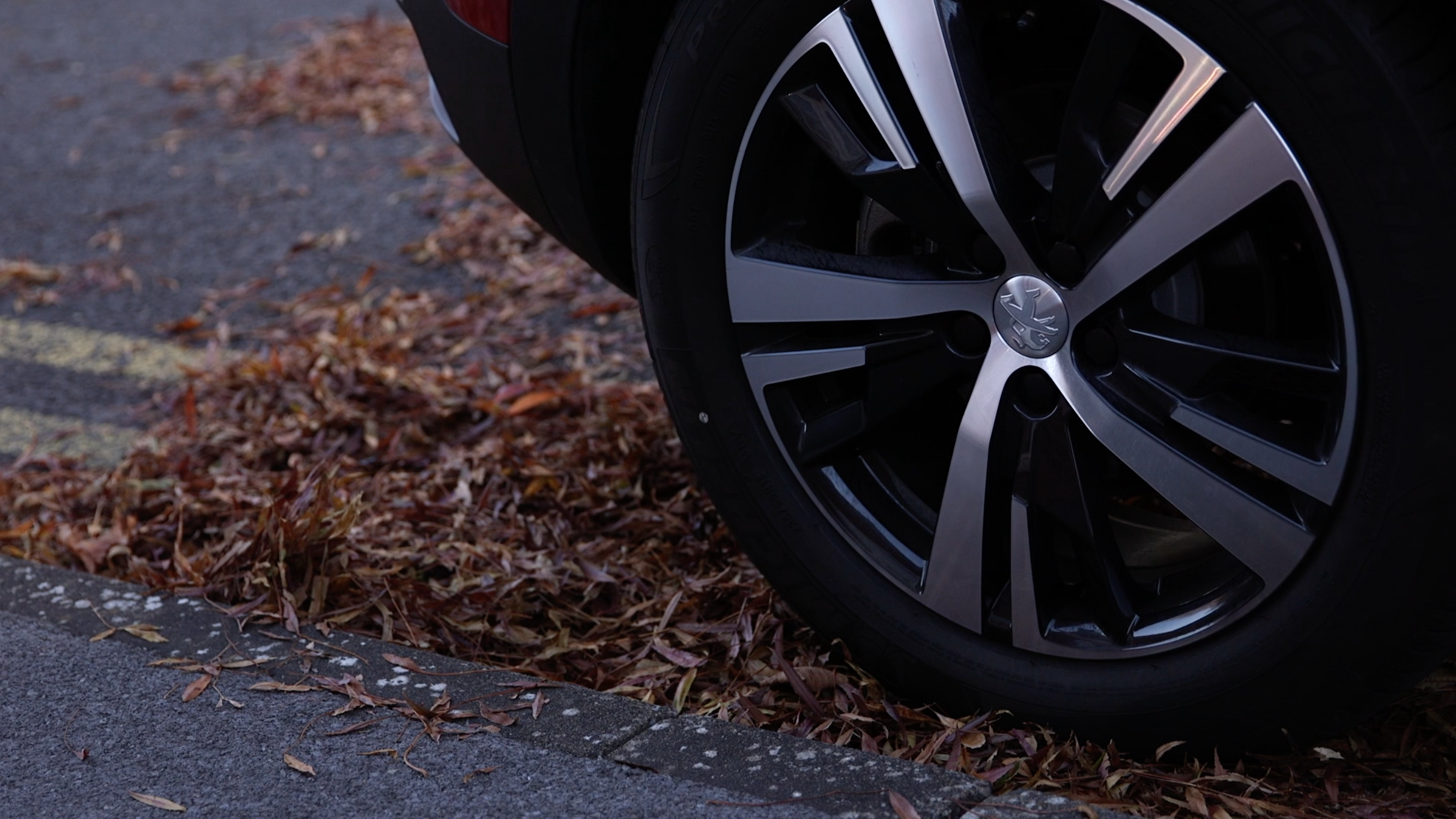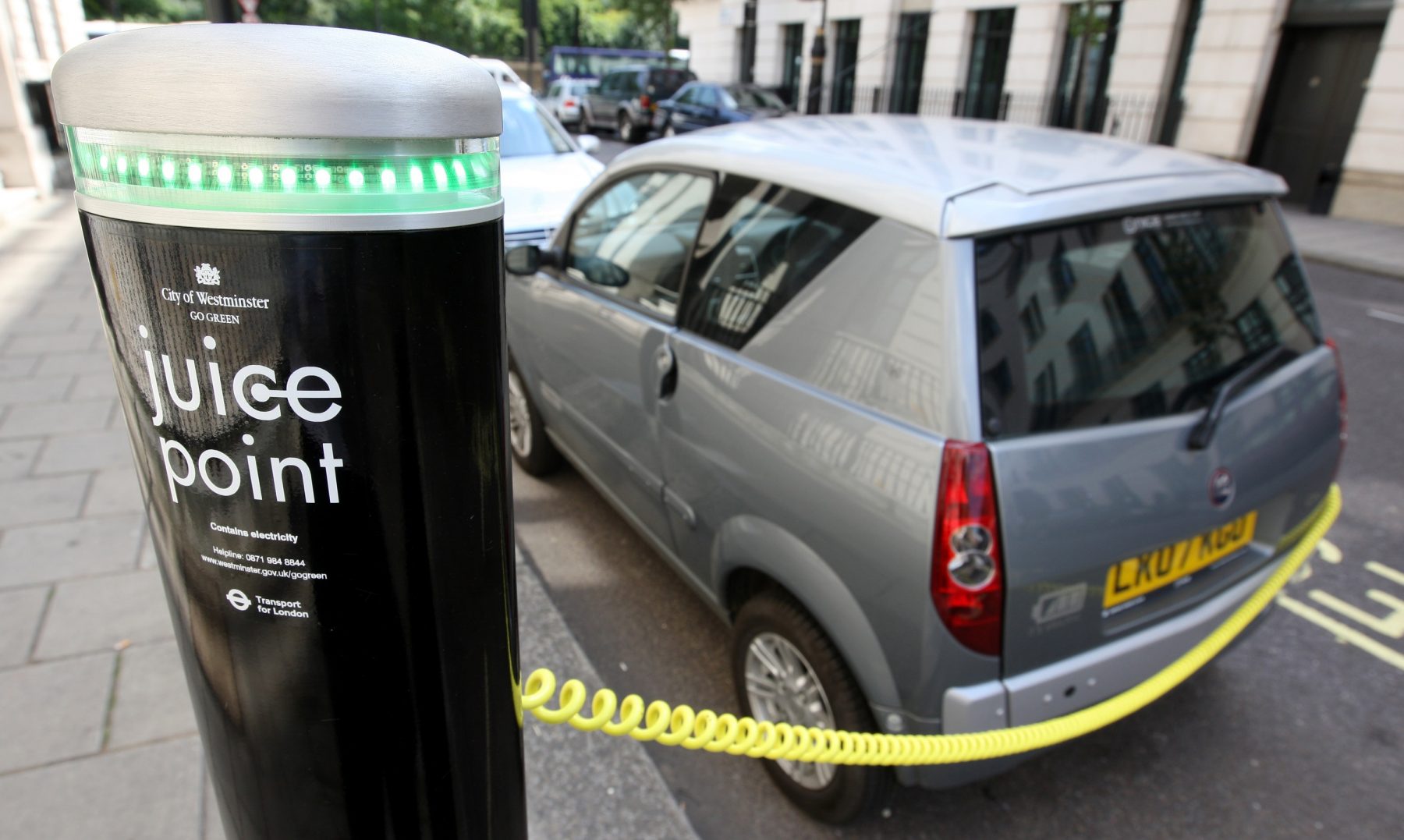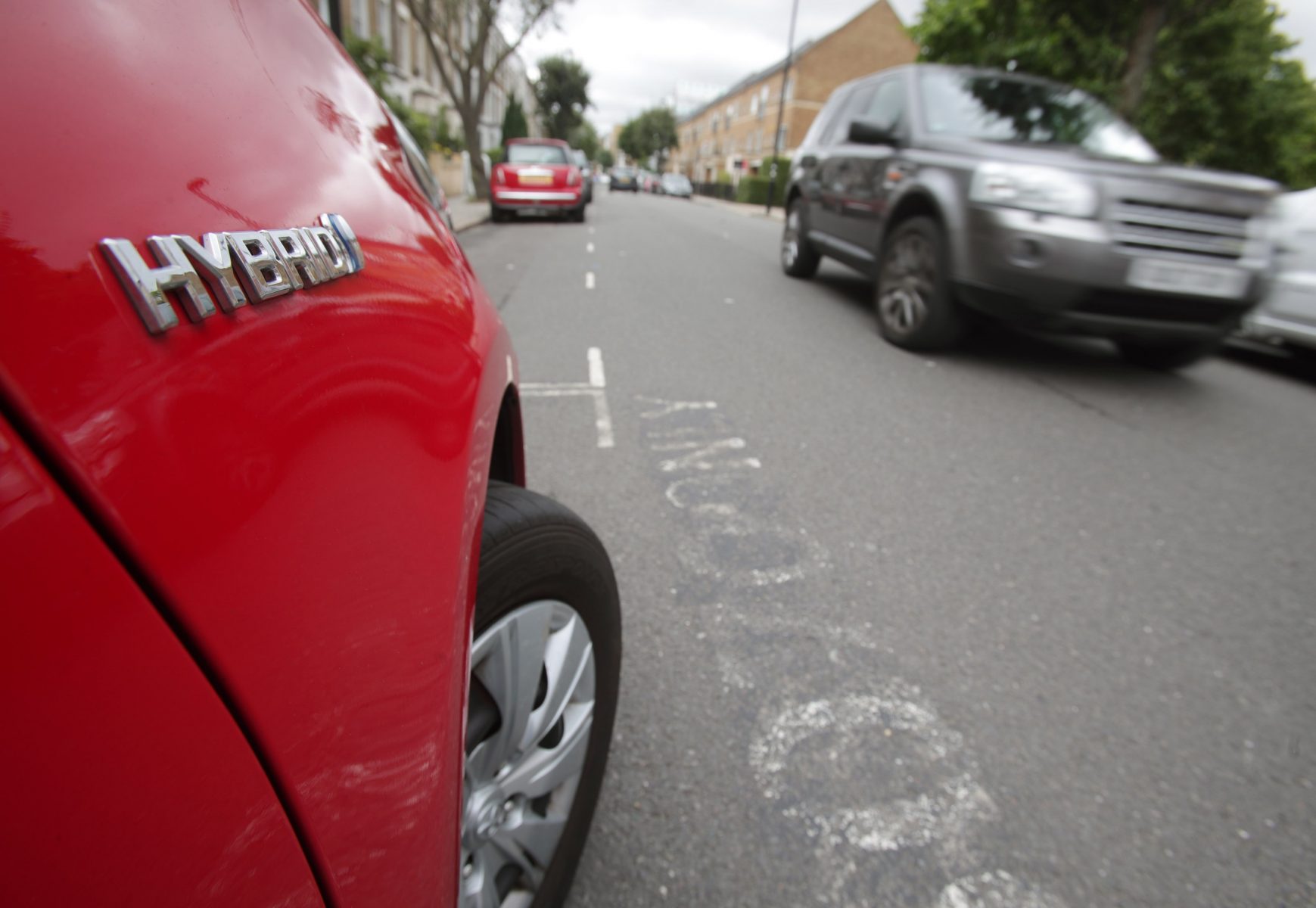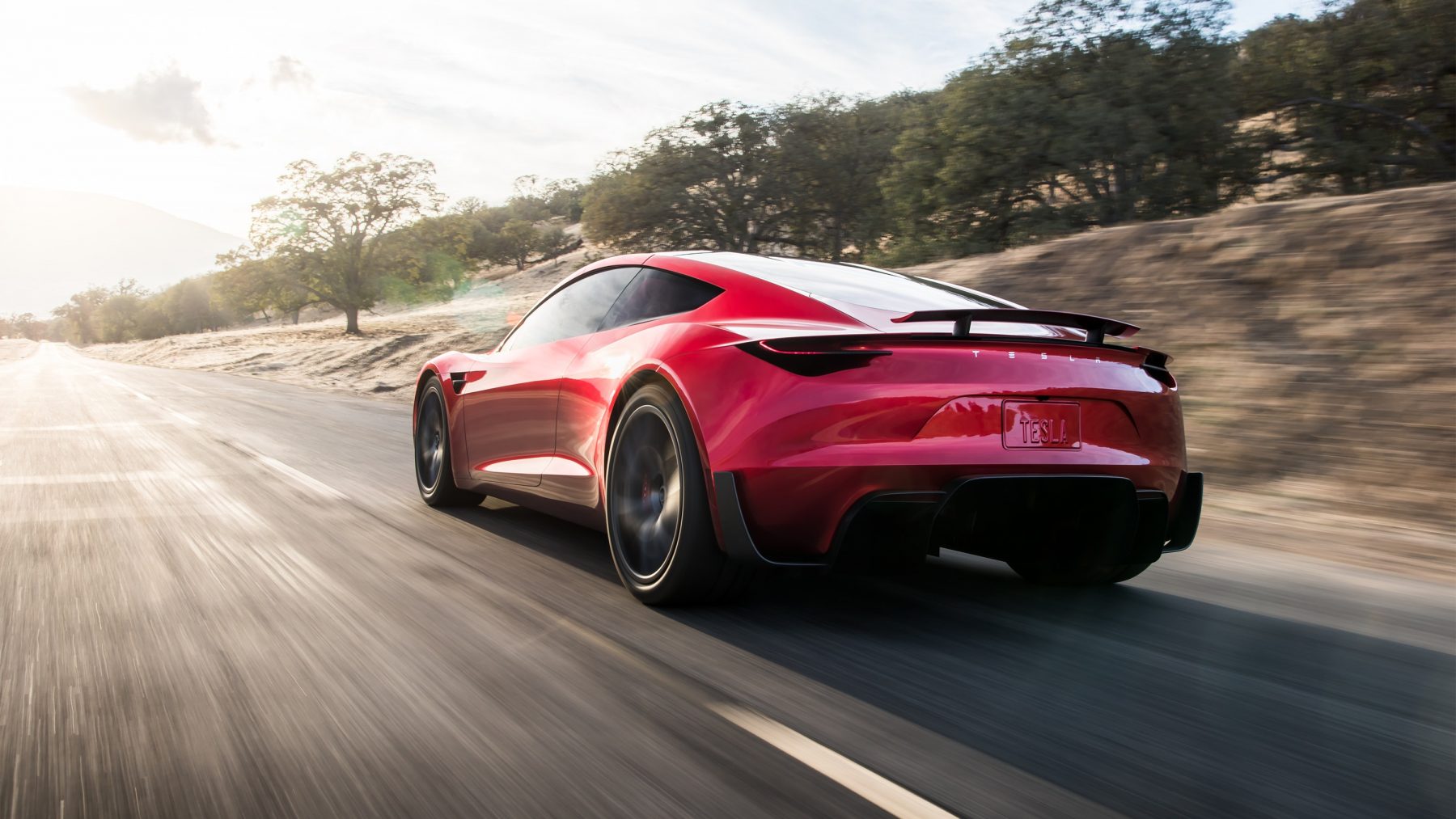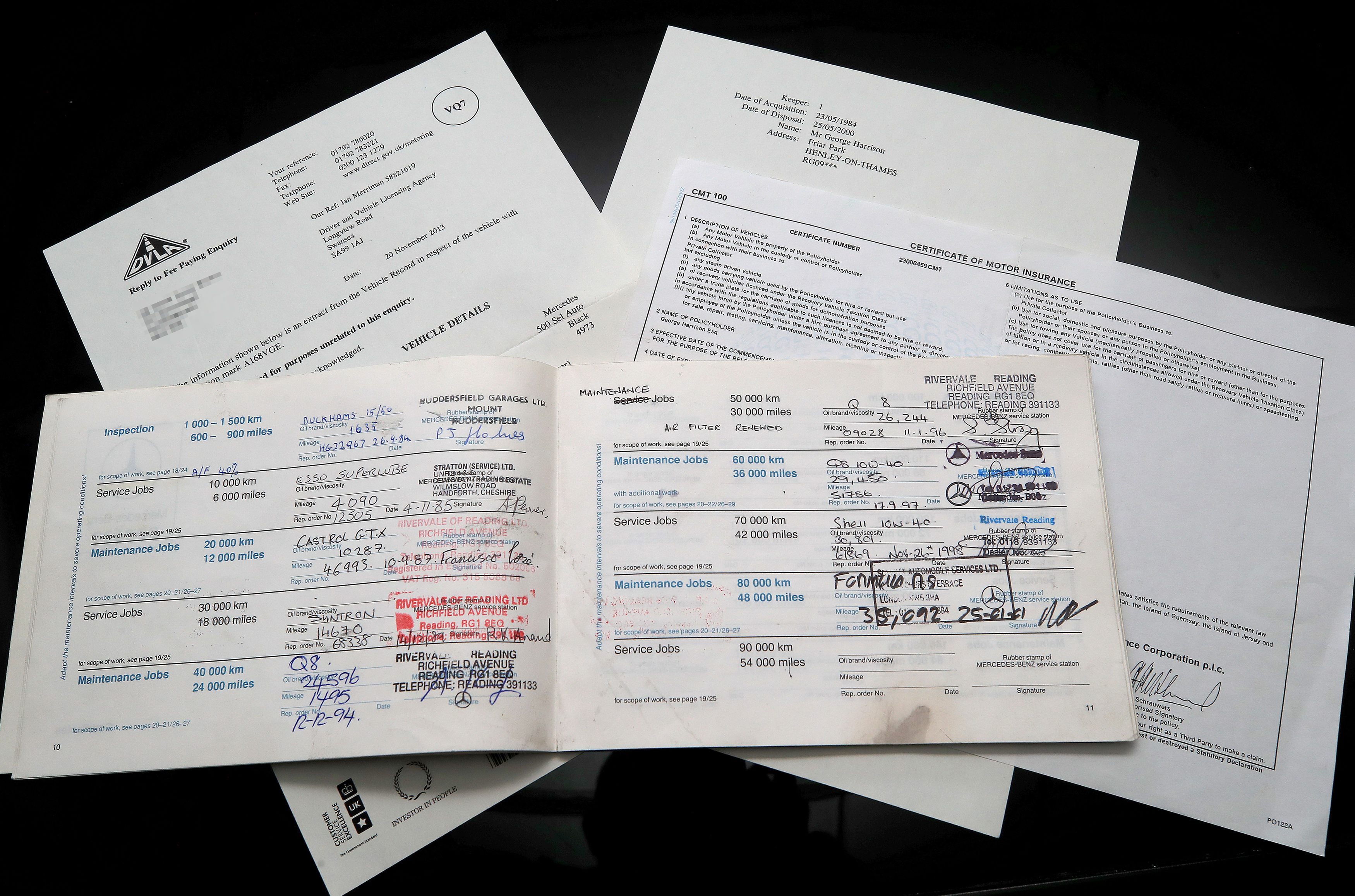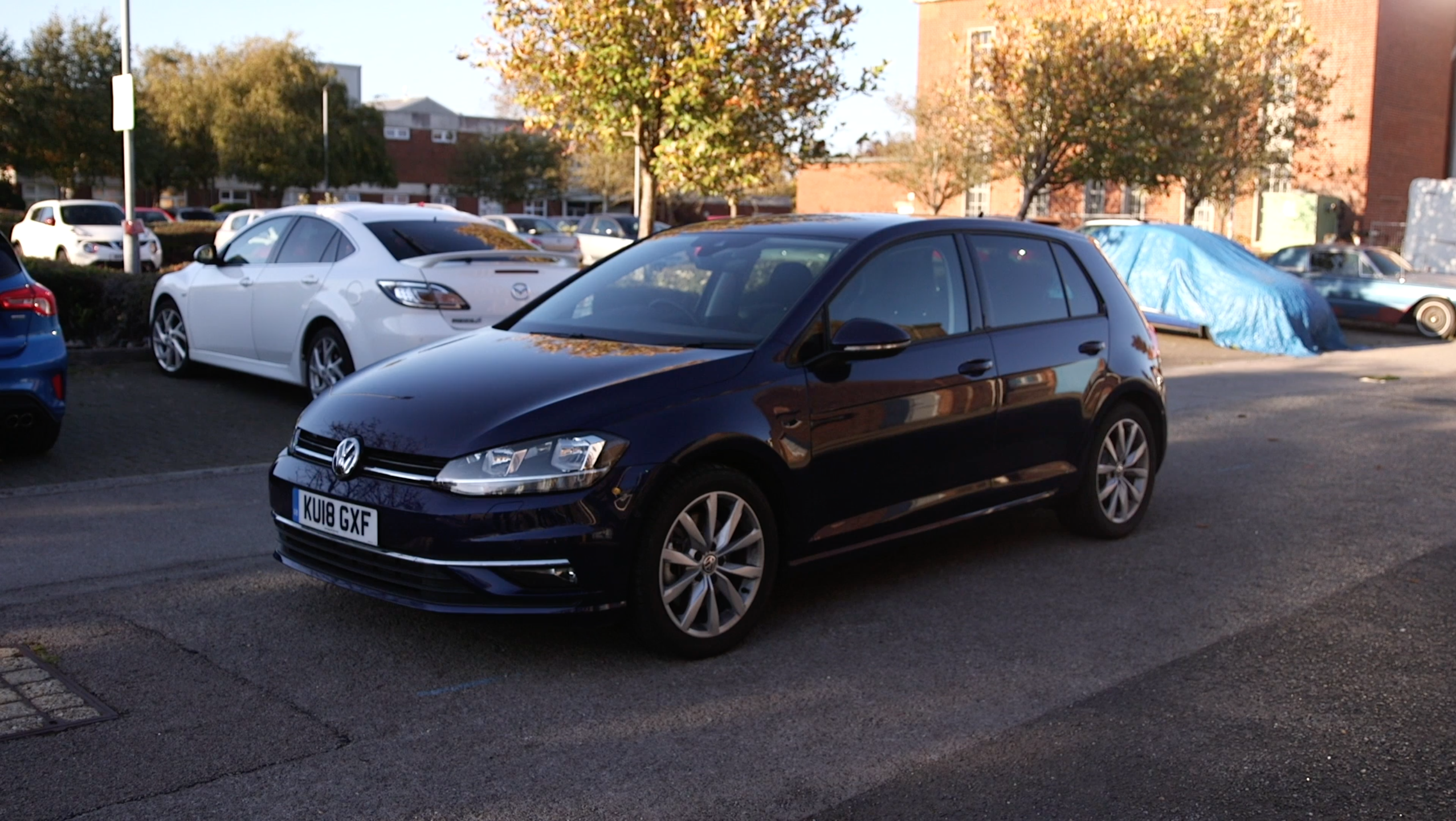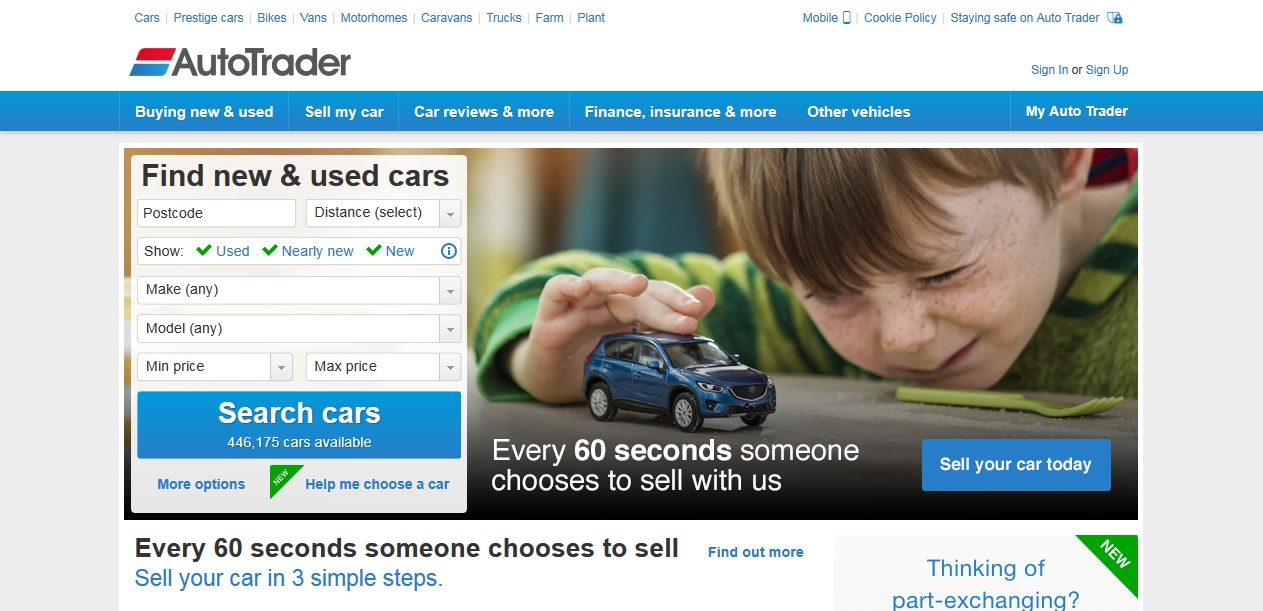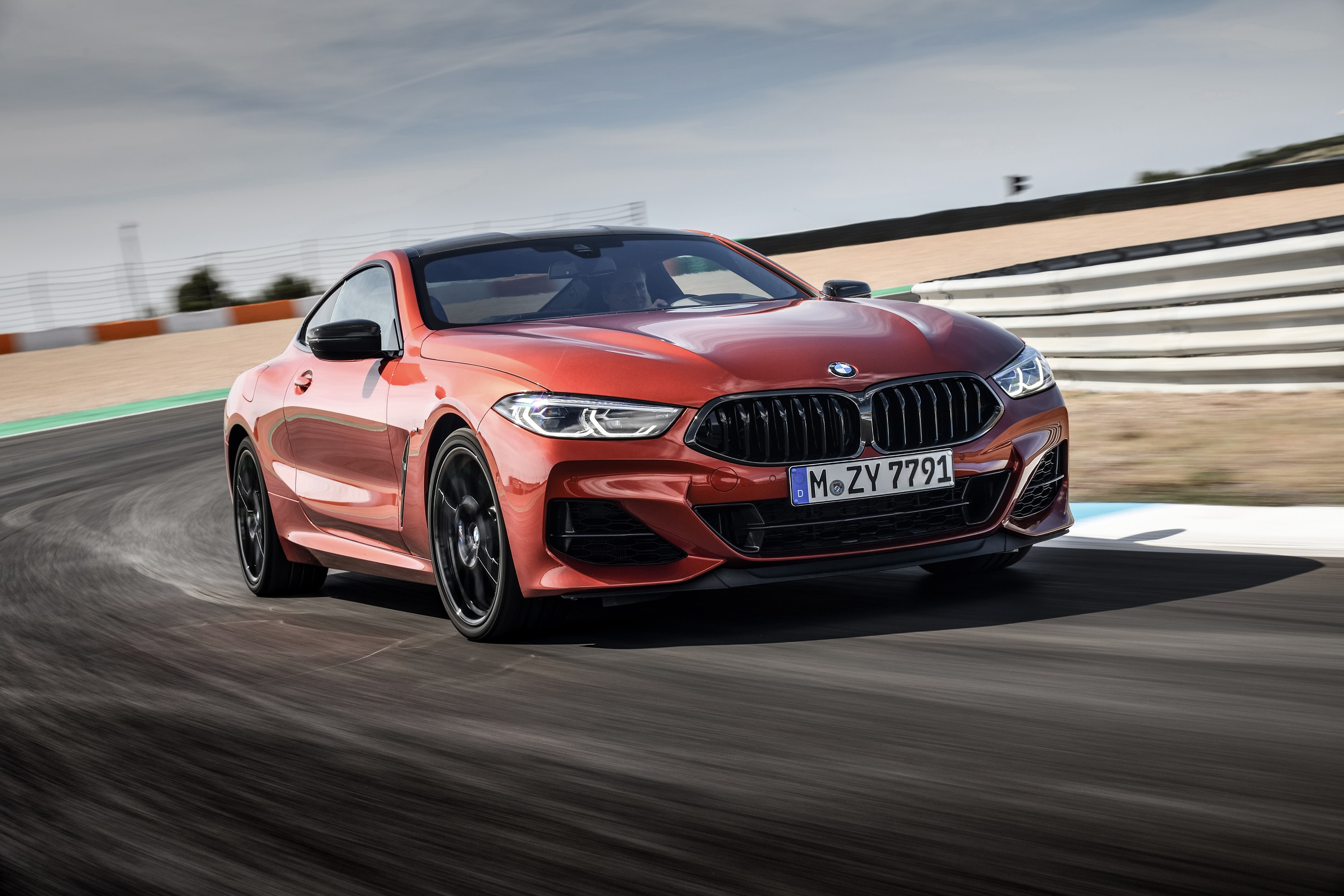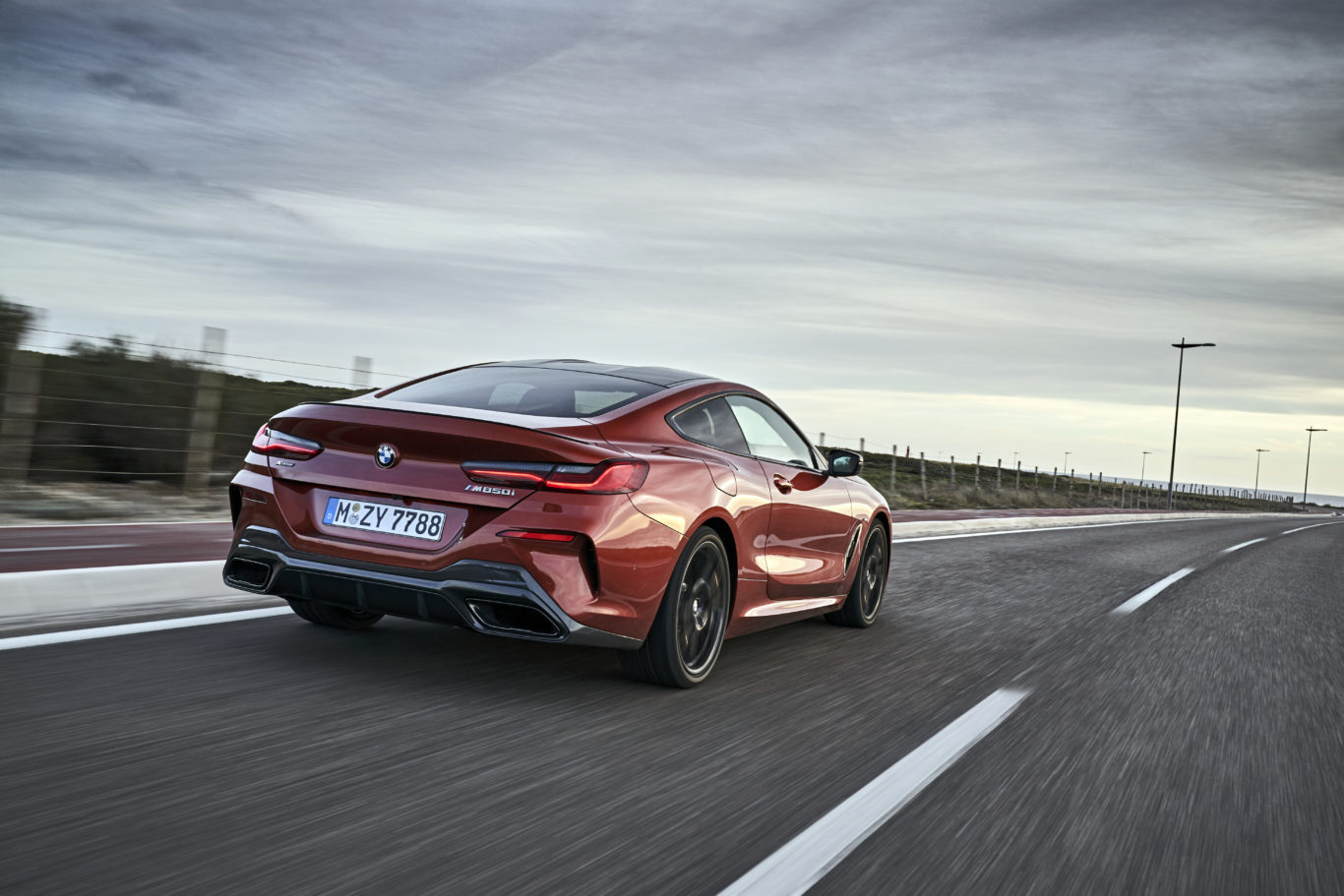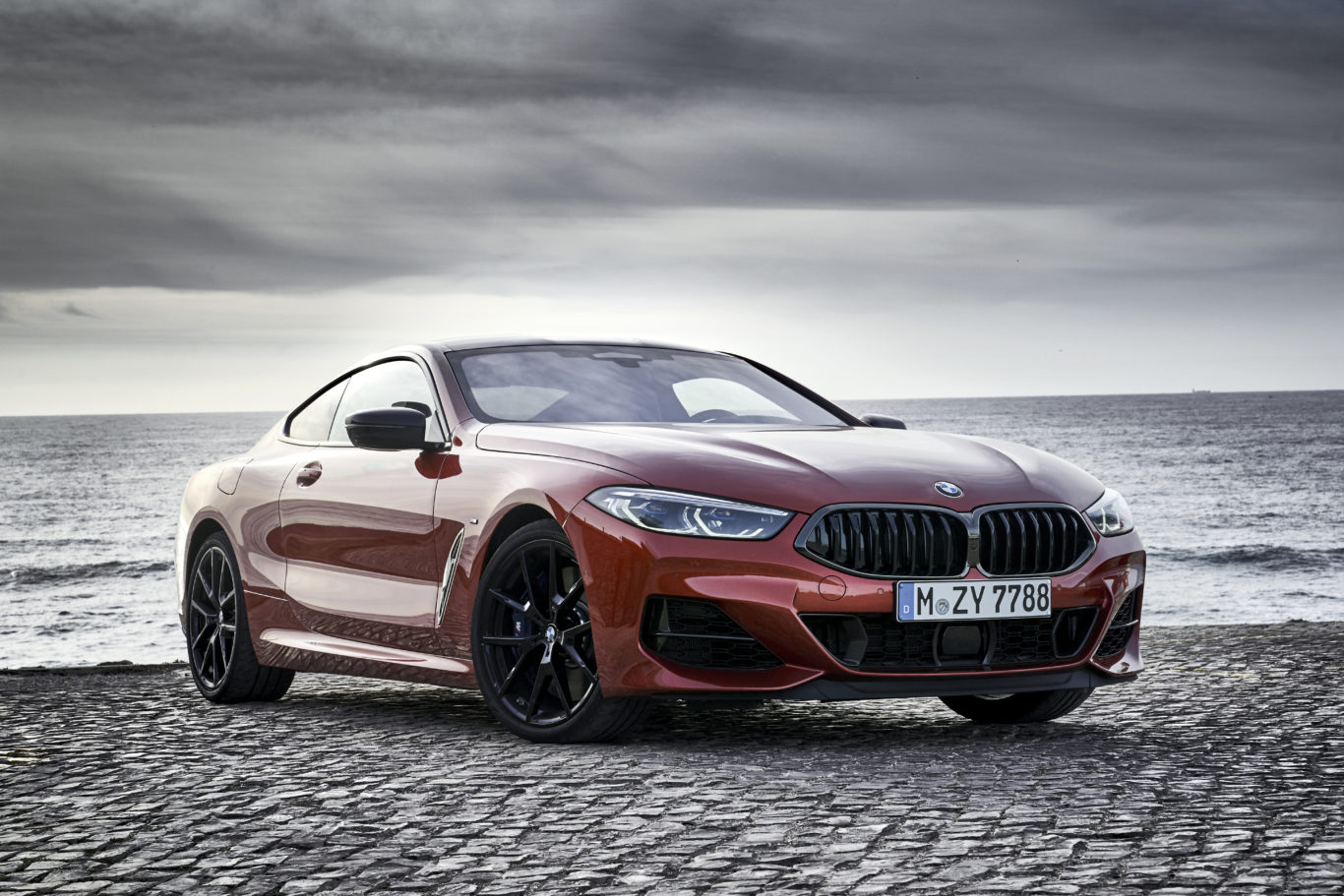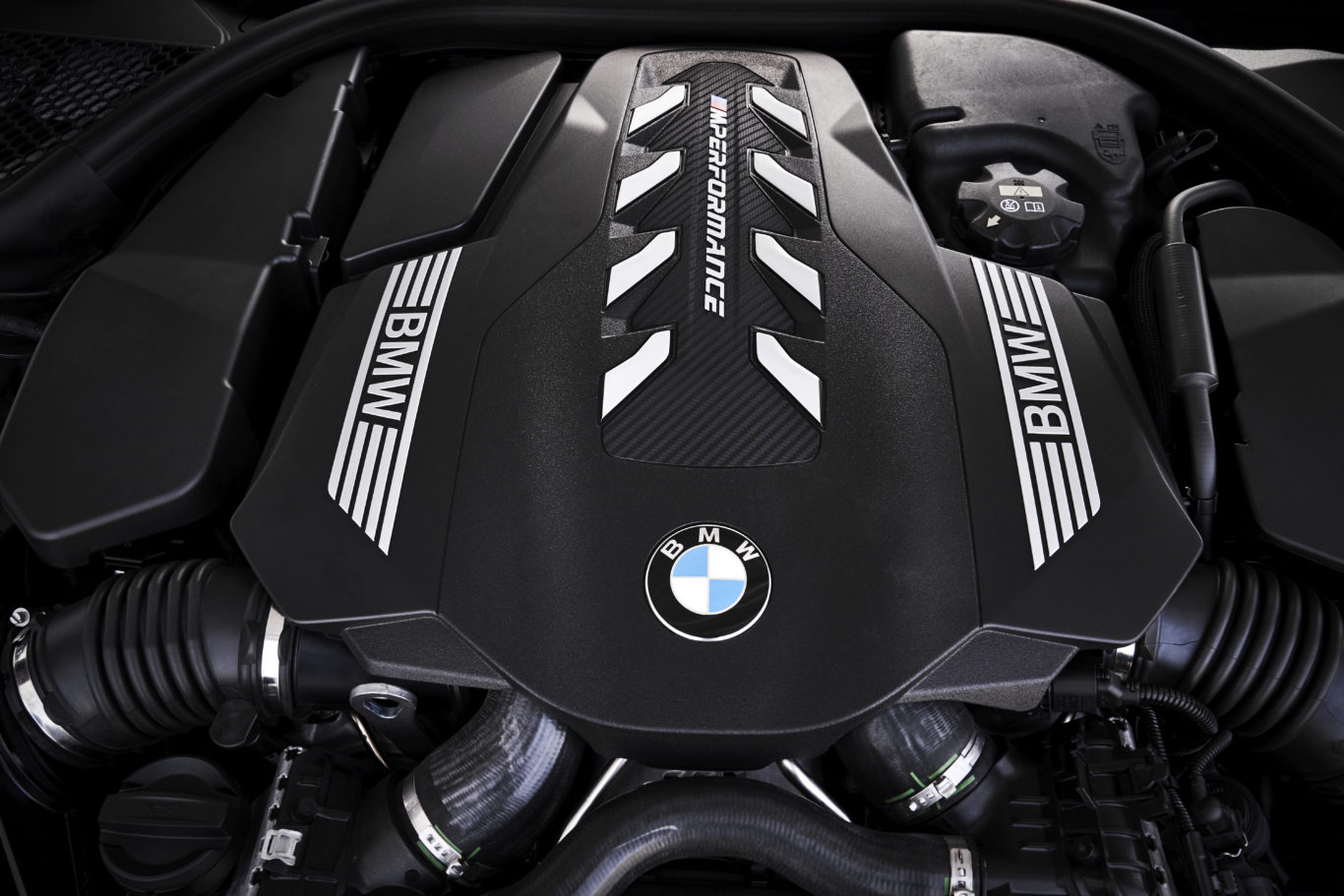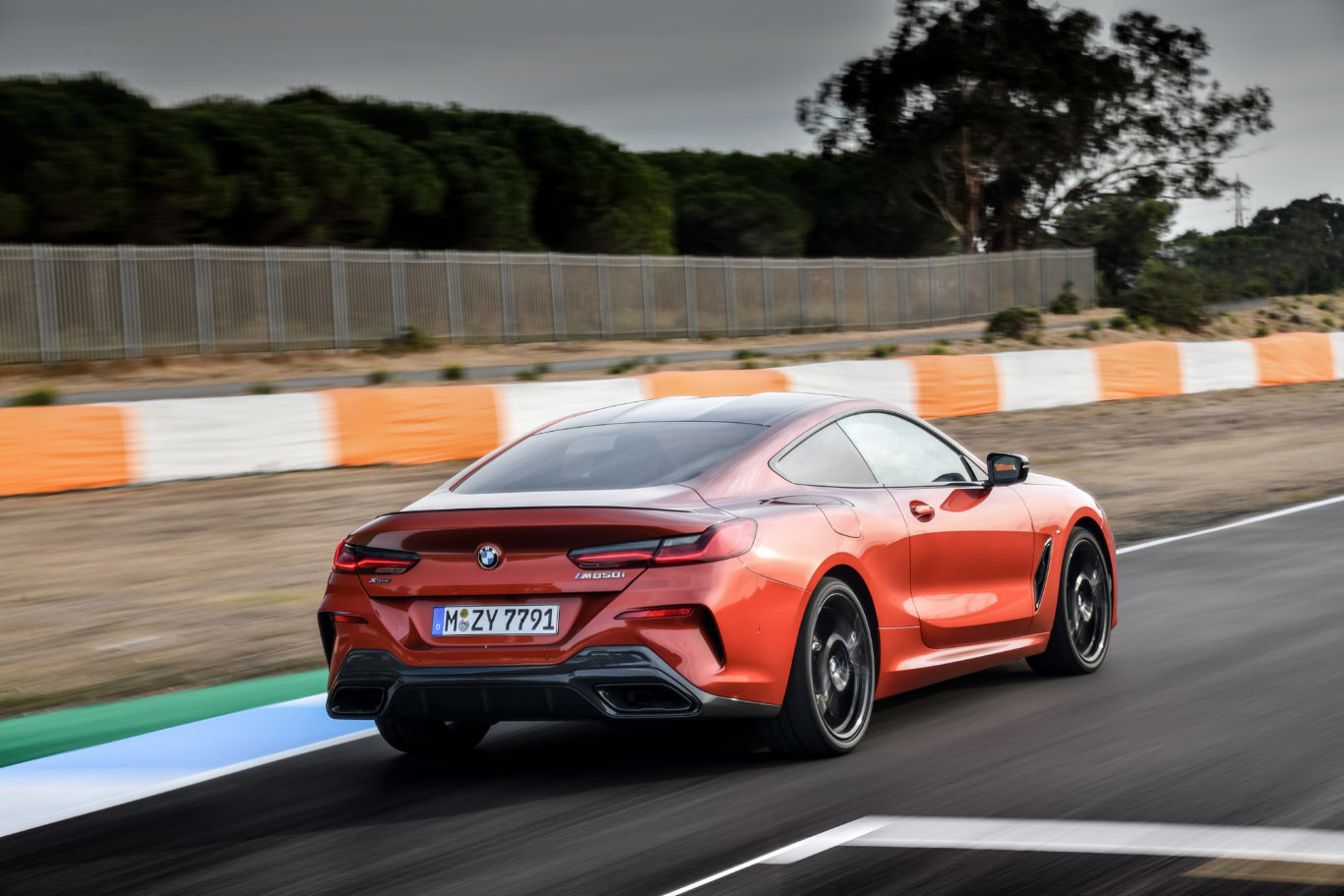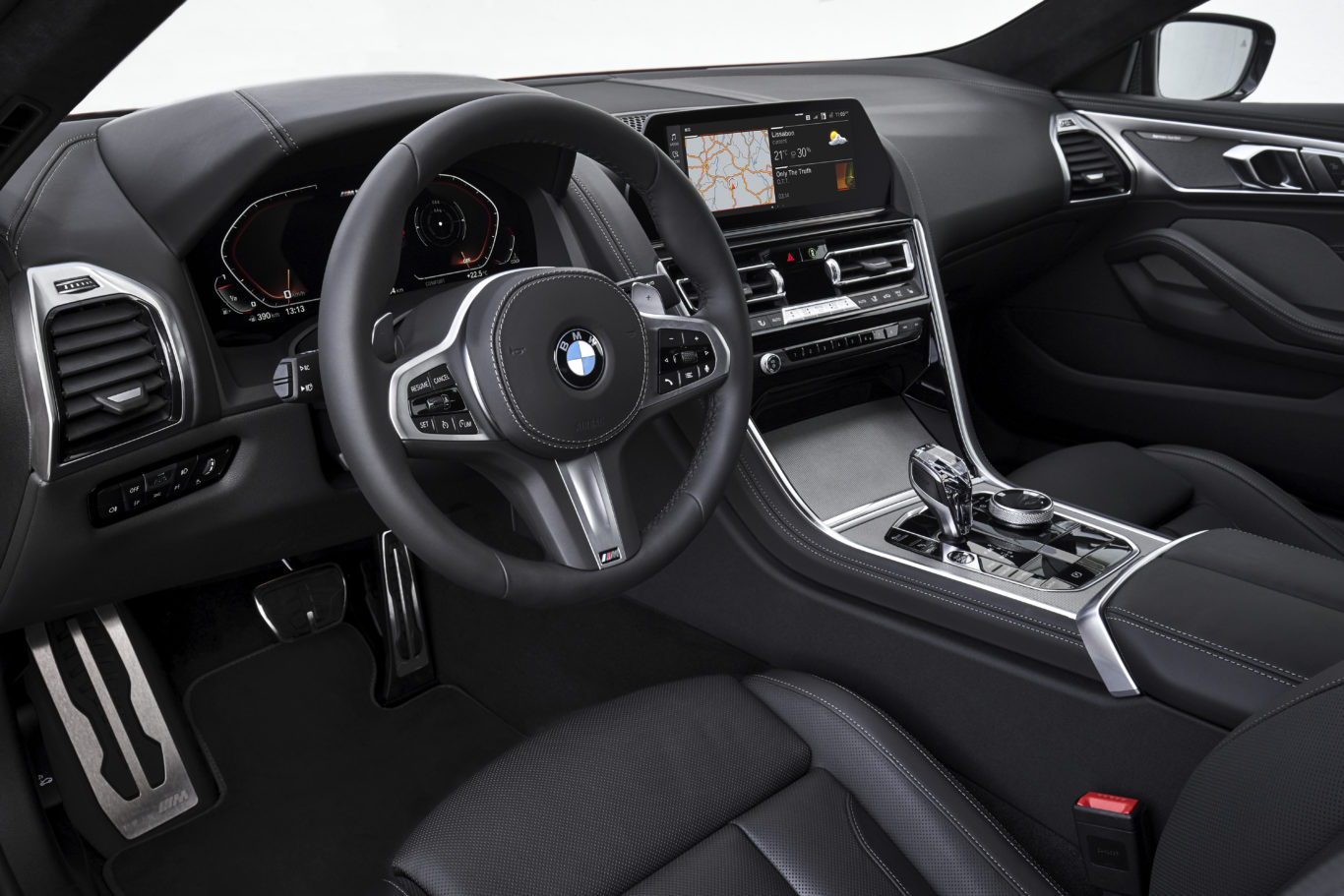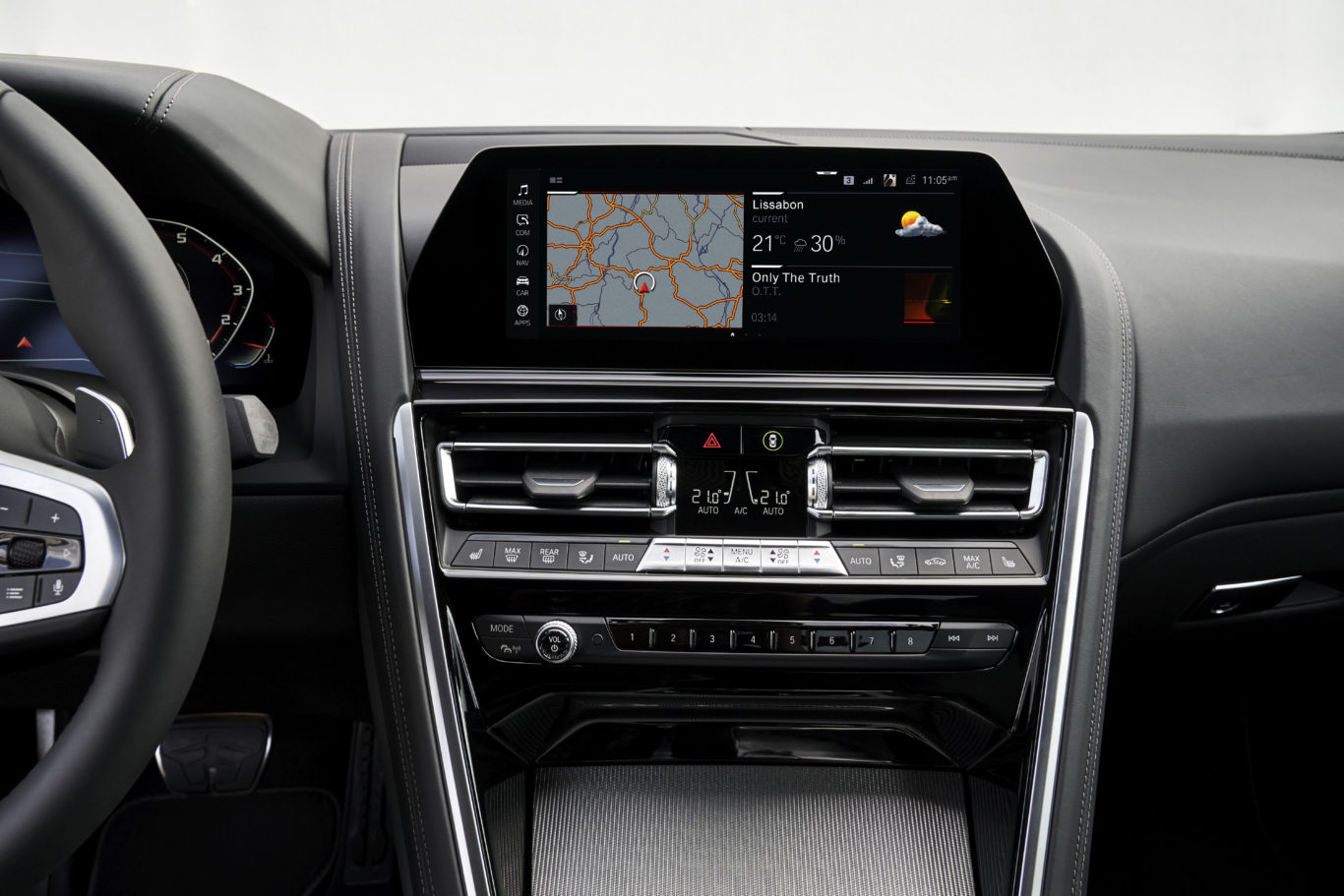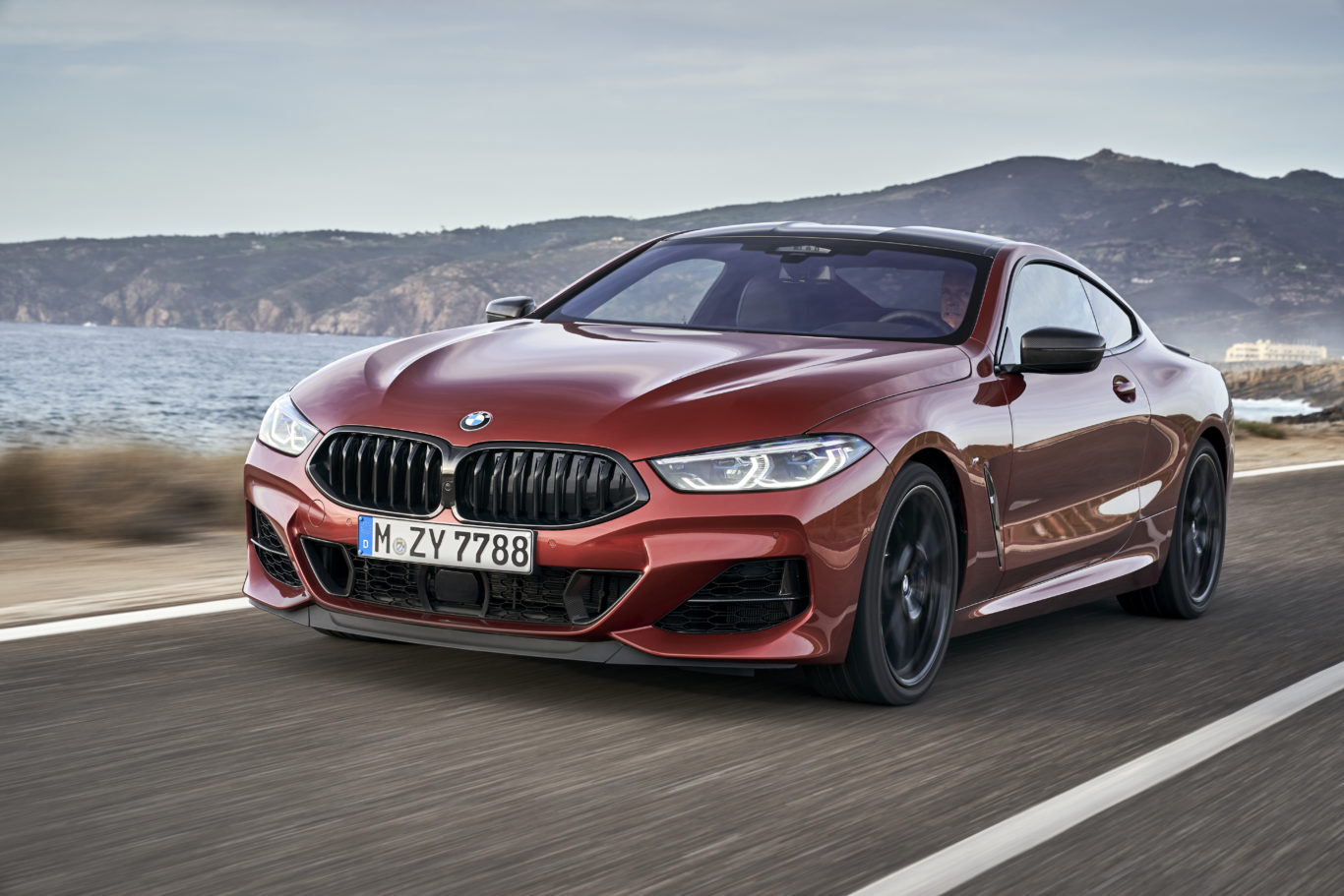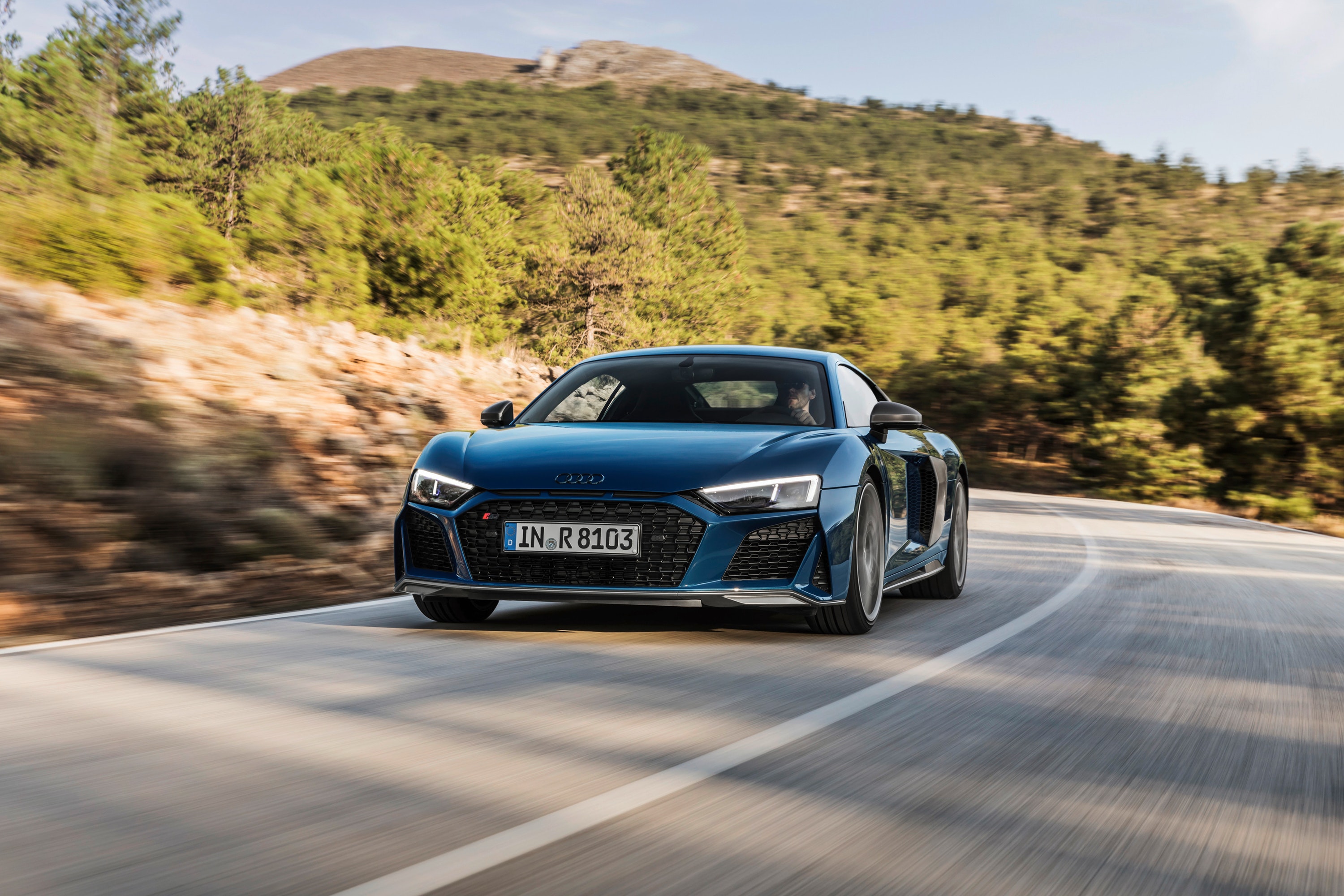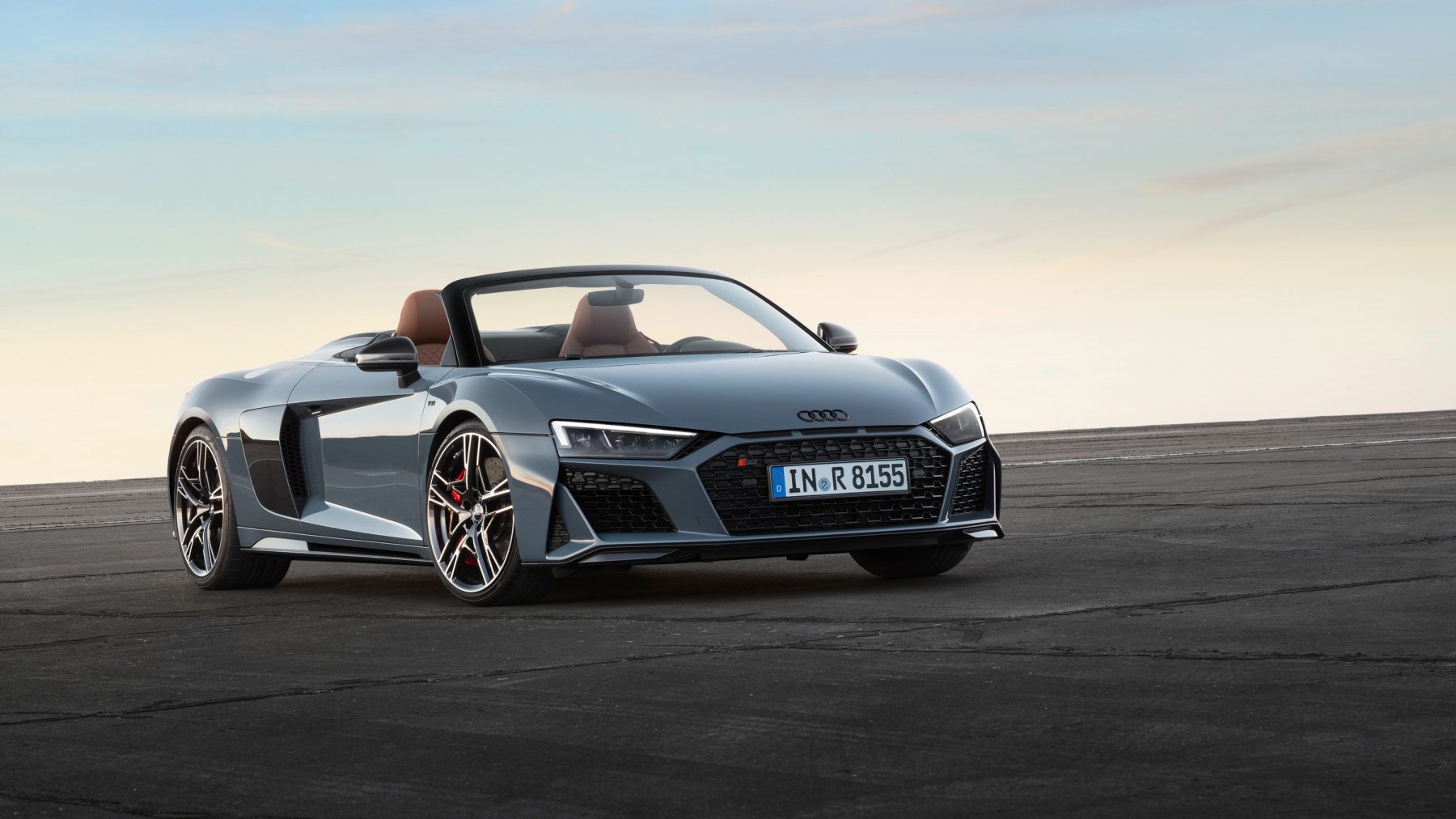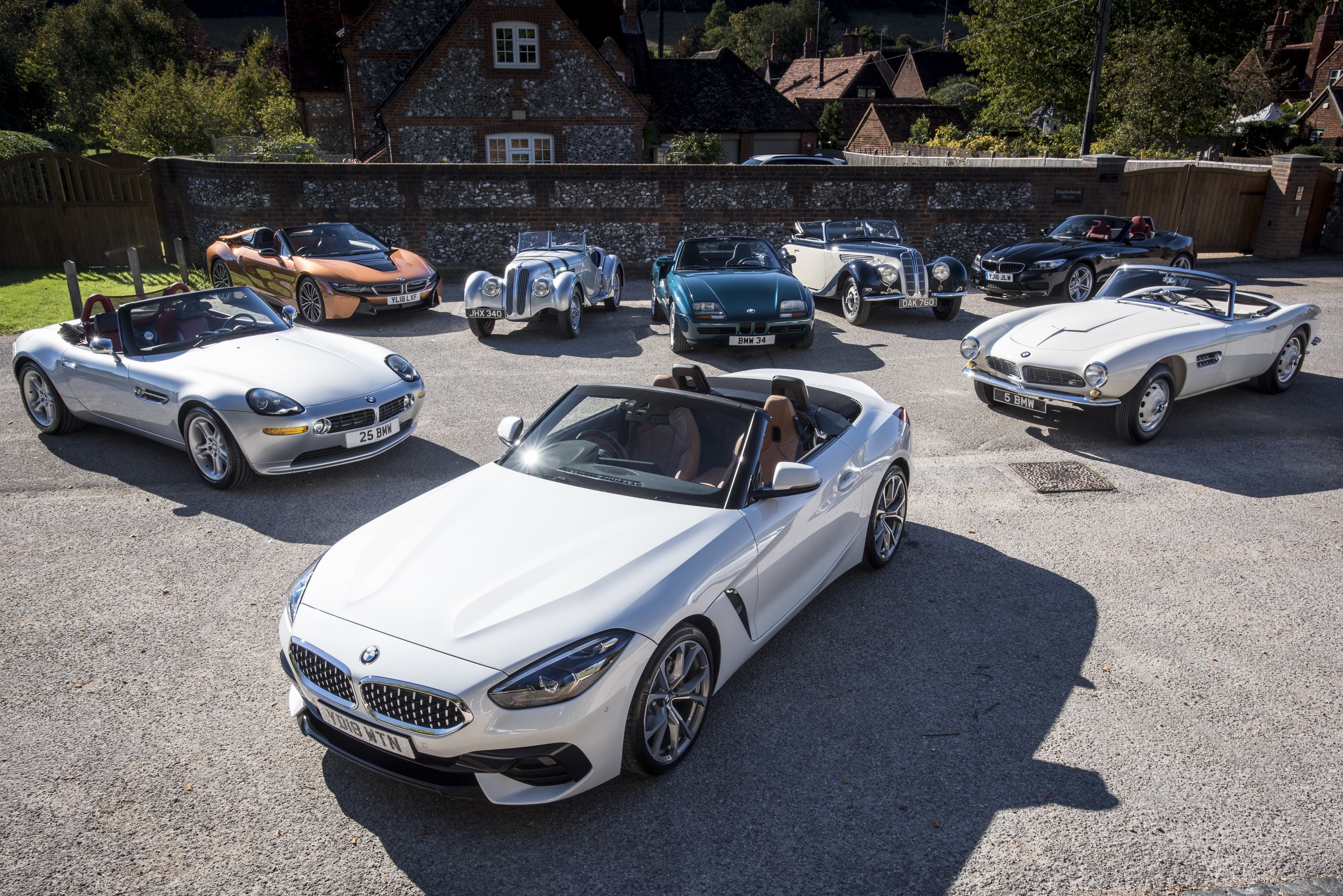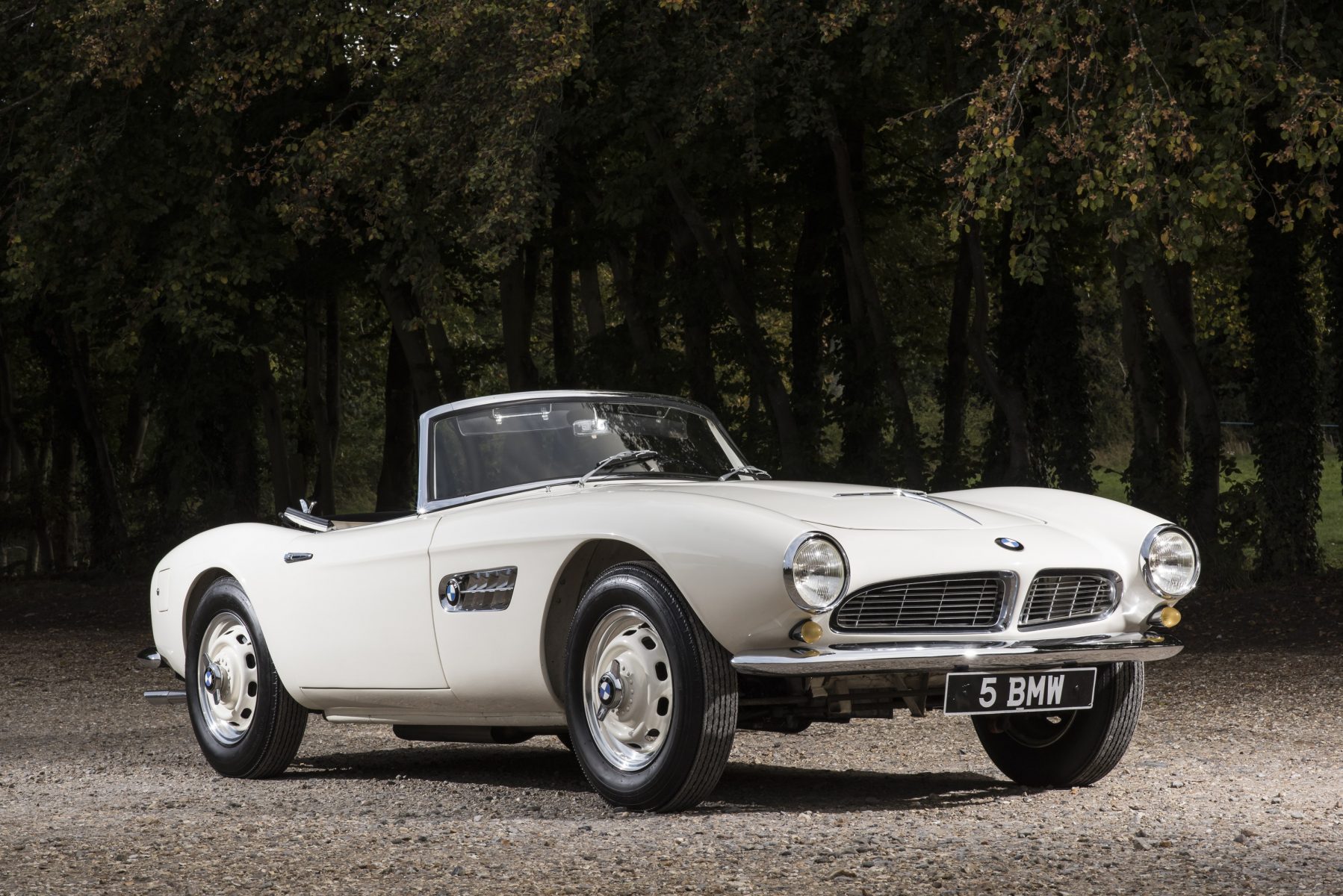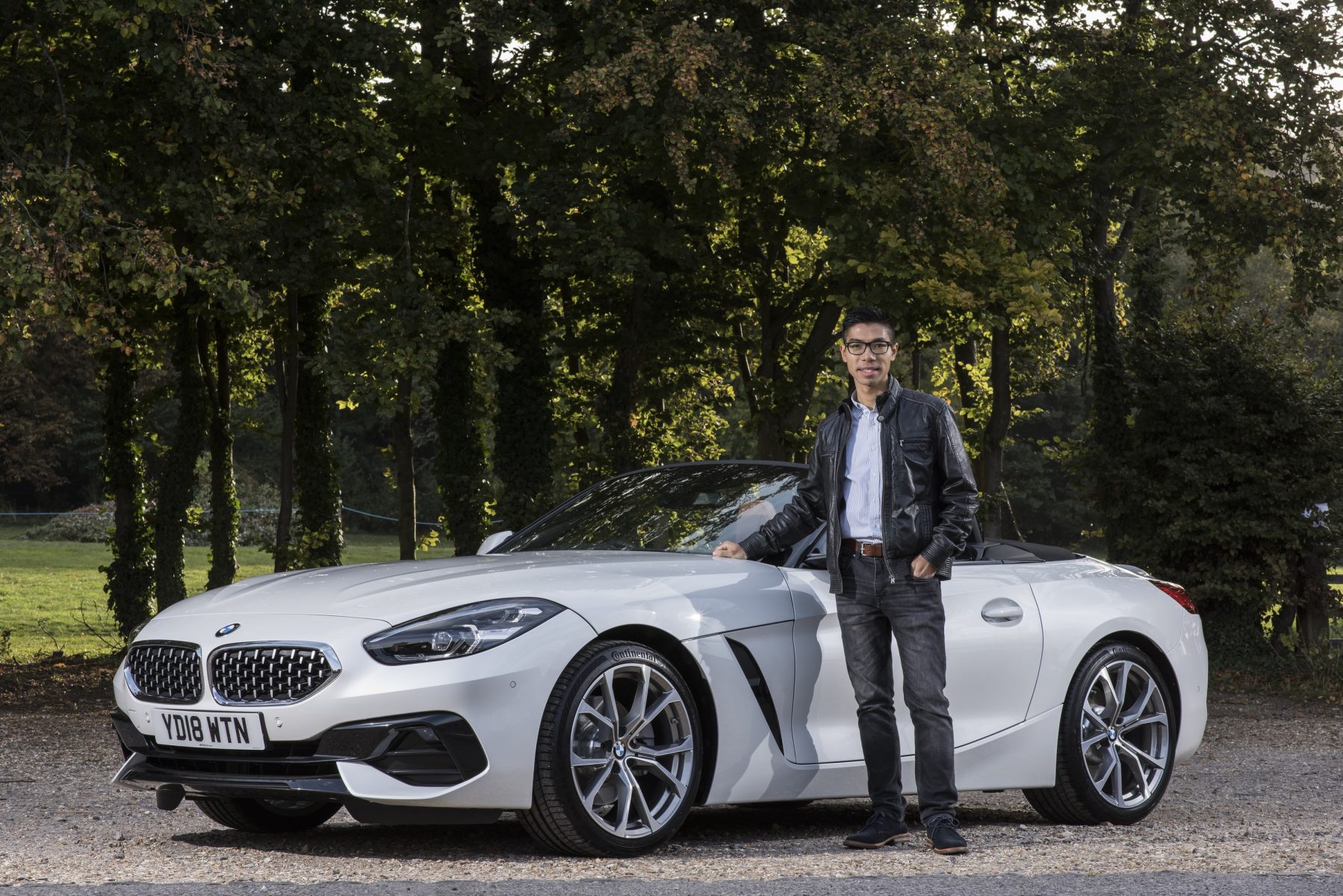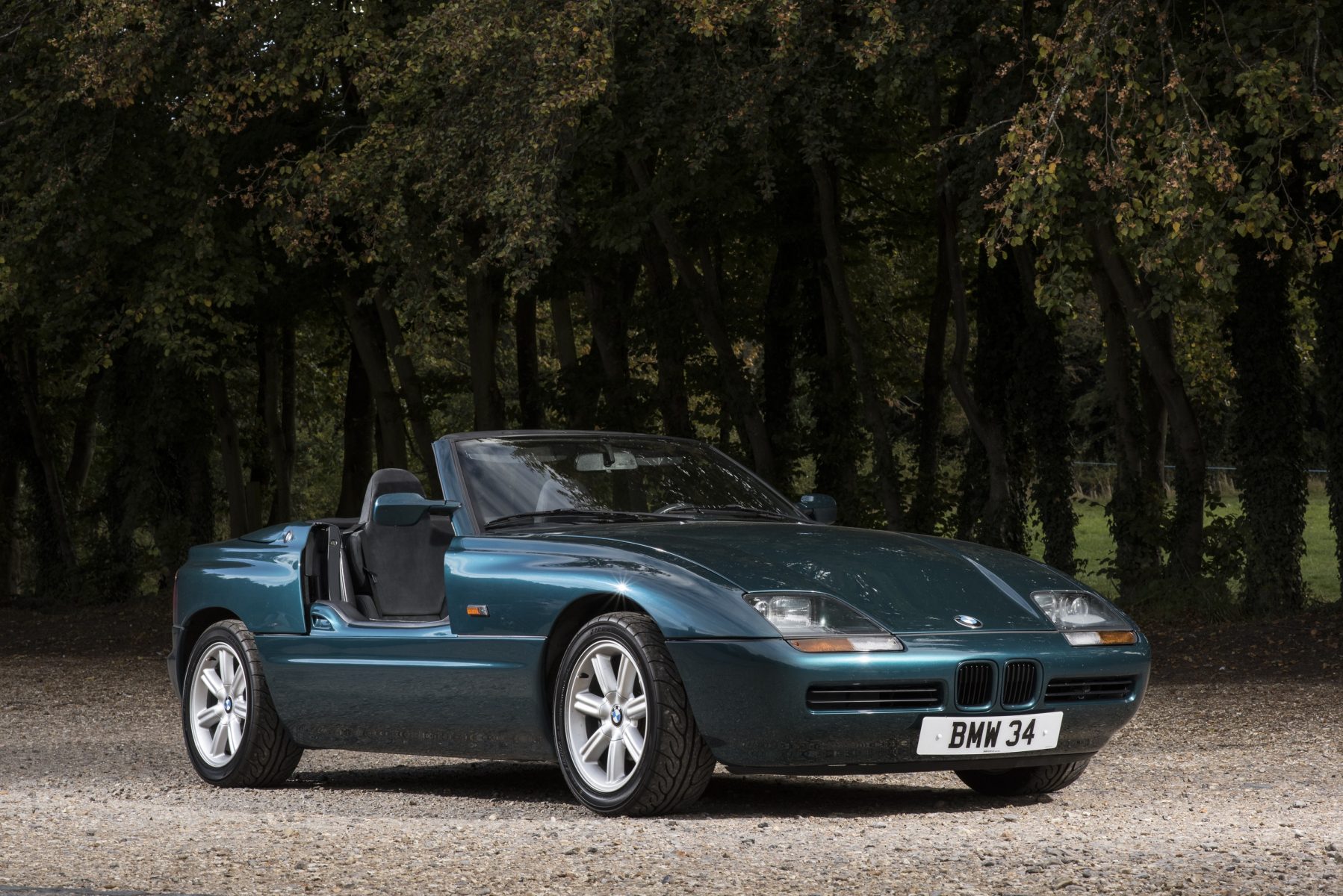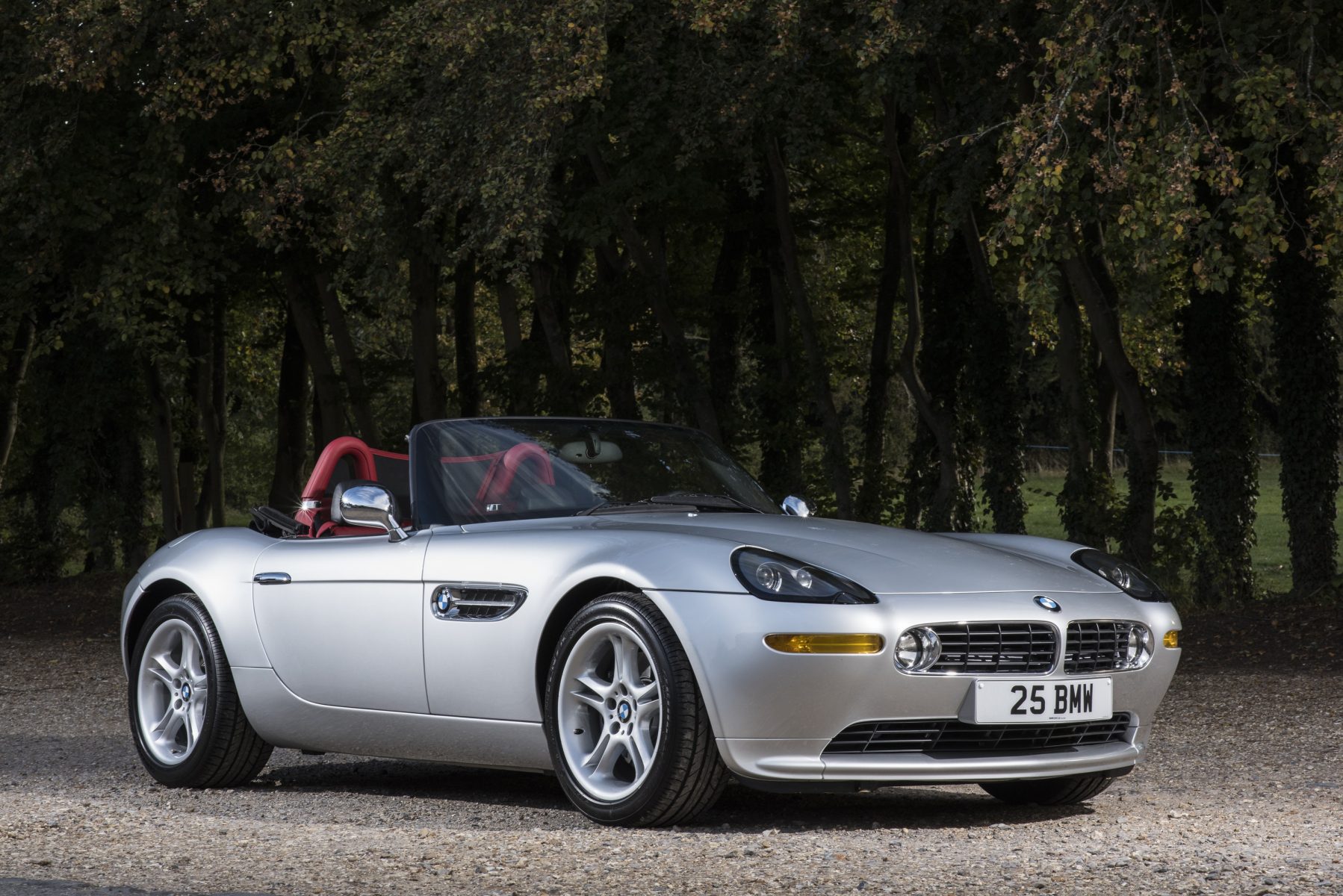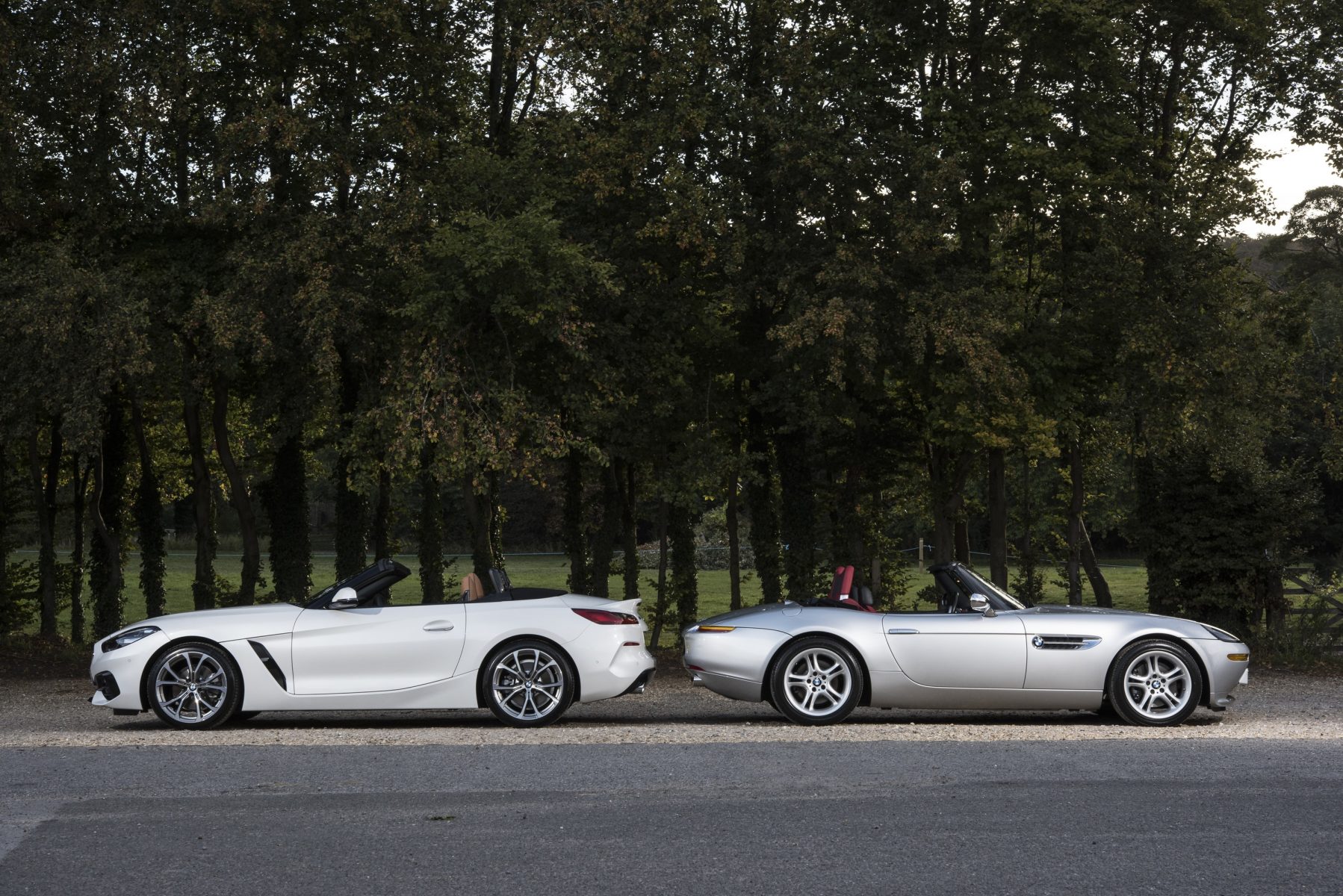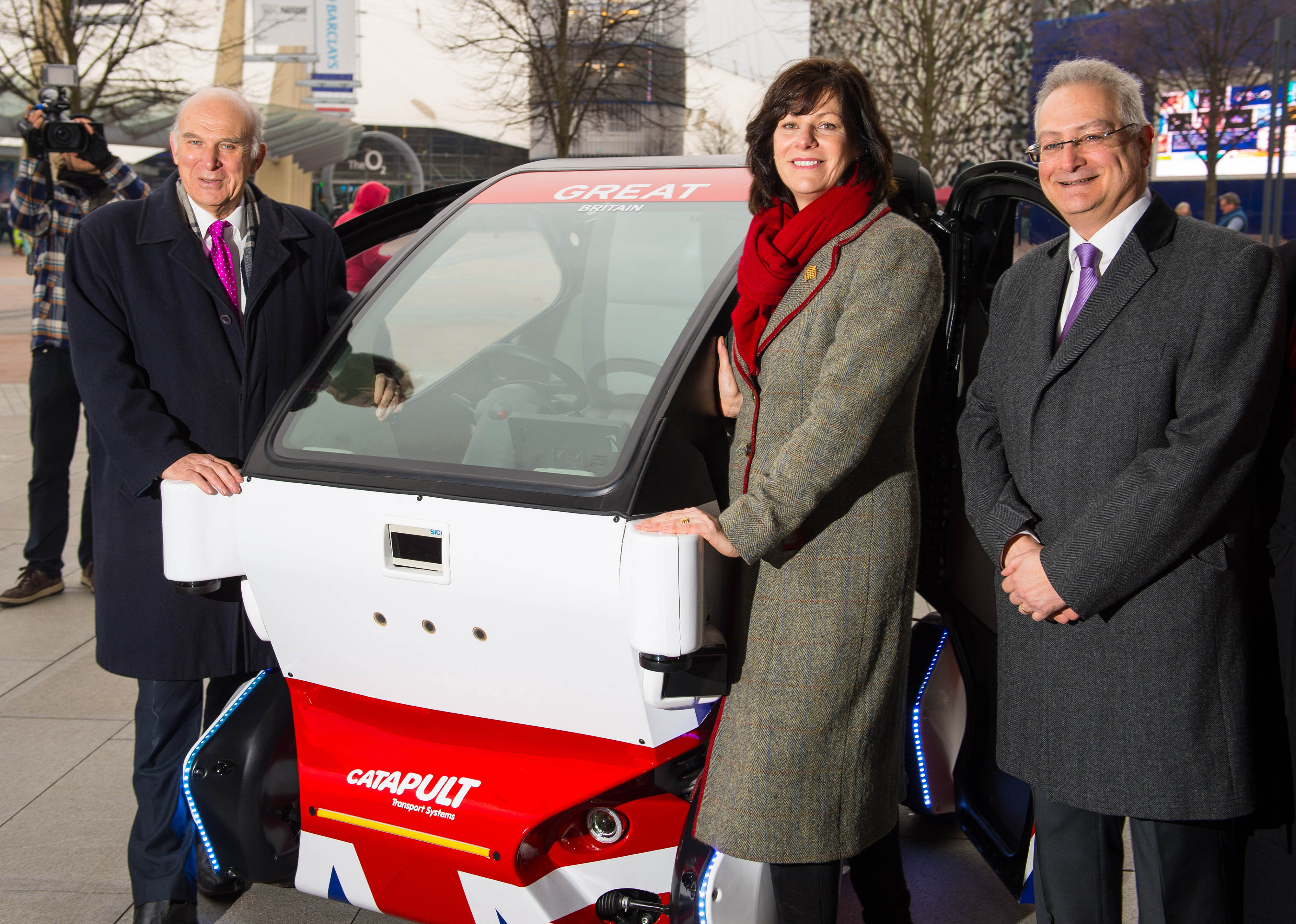In September 2015, the world of diesel changed forever when news broke that Volkswagen had been covering up illegally high emissions of nitrogen oxides from its diesel vehicles. Since then, diesel’s come under a lot of pressure – with various groups calling for it to be heavily taxed or even banned altogether.
Many say that diesel was mis-sold to buyers, promising low emissions and high fuel economy when in reality it was totally unsuitable for the journeys they do.
But diesel isn’t necessarily the bad guy all the time. For some buyers, it still makes an awful lot of sense. But are you one of those buyers? Read on to find out…
What’s your mileage?
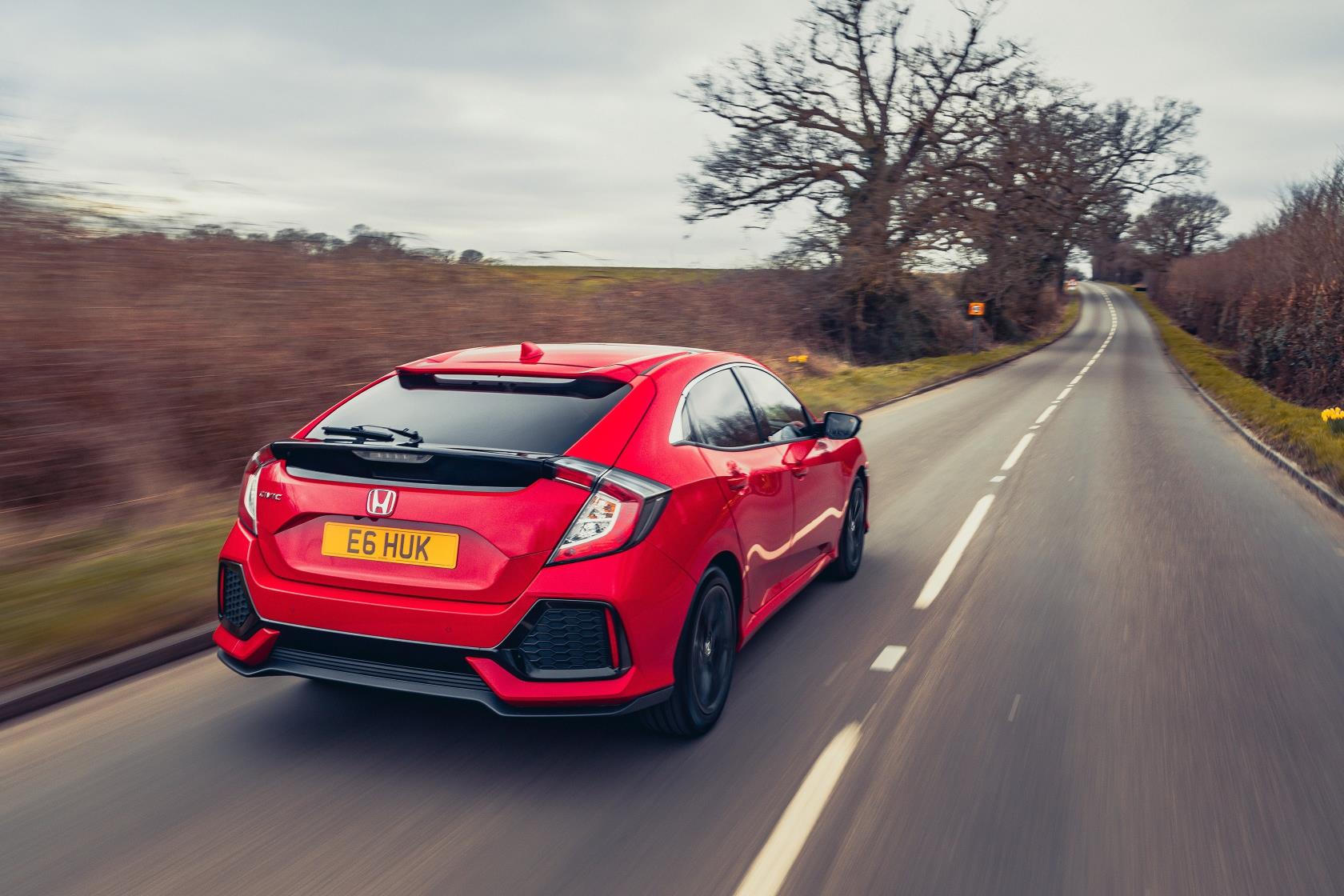
Diesel cars make a lot of sense for high-mileage drivers. Those doing over 20,000 miles a year will soon benefit from the increased fuel economy a diesel engine provides – and over time, they’ll save money.
This is because diesel fuel contains more energy than petrol, meaning that even though it’s slightly more expensive it offers more miles per gallon. However, in most cases, diesel variants of cars cost more to buy than their petrol equivalents, so depending on the price gap you’ll need to do more miles to break even.
For example, the Volkswagen Golf 1.6-litre diesel costs around £1600 more than the equivalently powered petrol. According to the official fuel economy, a driver would break even after around 75,000 miles – so for an average driver, that’s over six years. But for a motorway mile-muncher doing 30,000 miles a year, they’d break even in less than three years.
What type of journeys do you usually do?
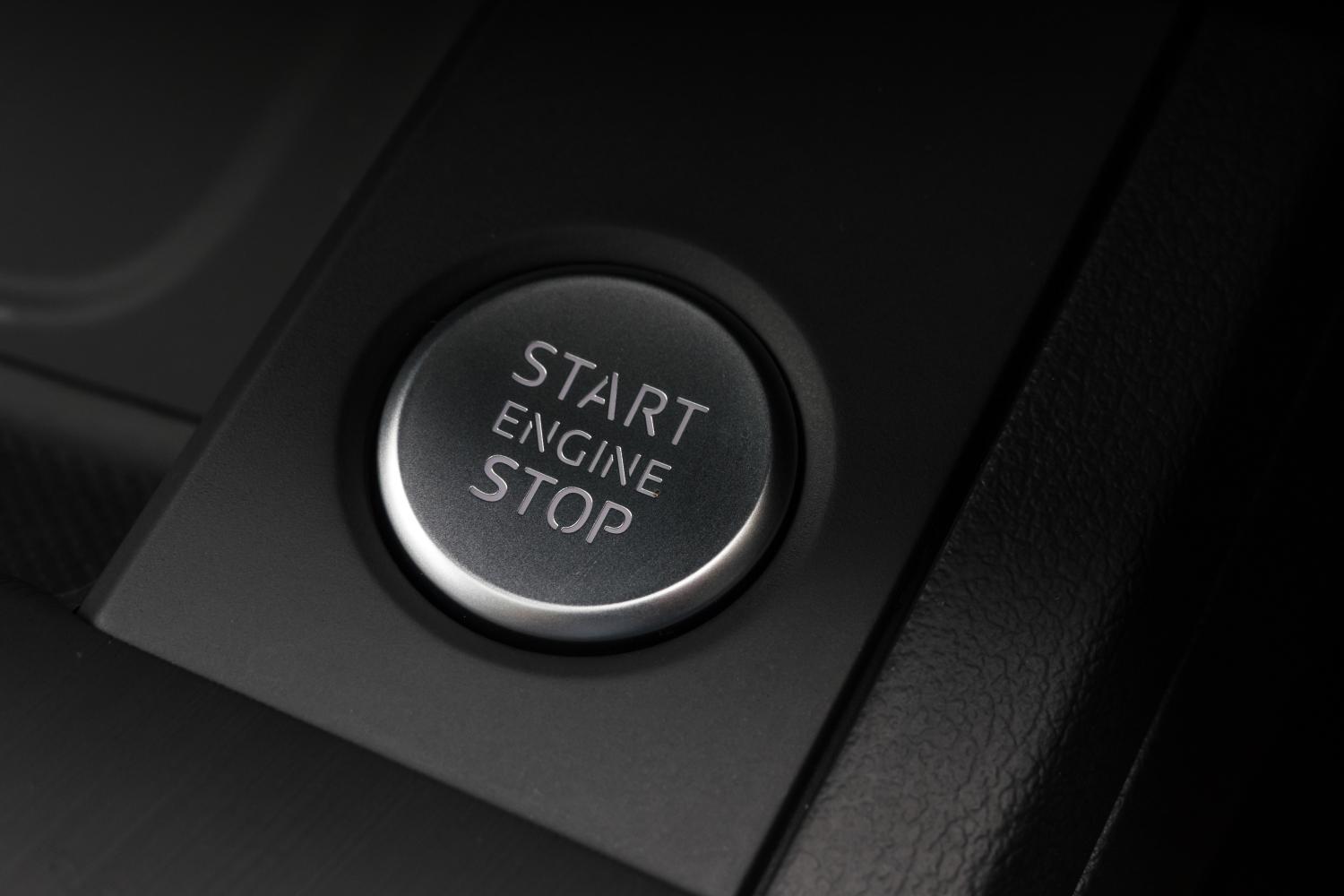
Diesels are very efficient – when they’re warm. However, they take a while to heat up, which means during the first 10 miles or so of any journey they’ll be inefficient and polluting.
That’s not really good news if you regularly undertake lots of journeys shorter than that, and it gets worse, too. You see, modern pollution control systems need the engines to be running at a certain rpm to function. This is easily achievable on the motorway, but if your car starts a regeneration cycle while you’re idling on the school run, you risk clogging up expensive and complex systems such as exhaust gas recirculation or diesel particular filters.
How heavily loaded are you?
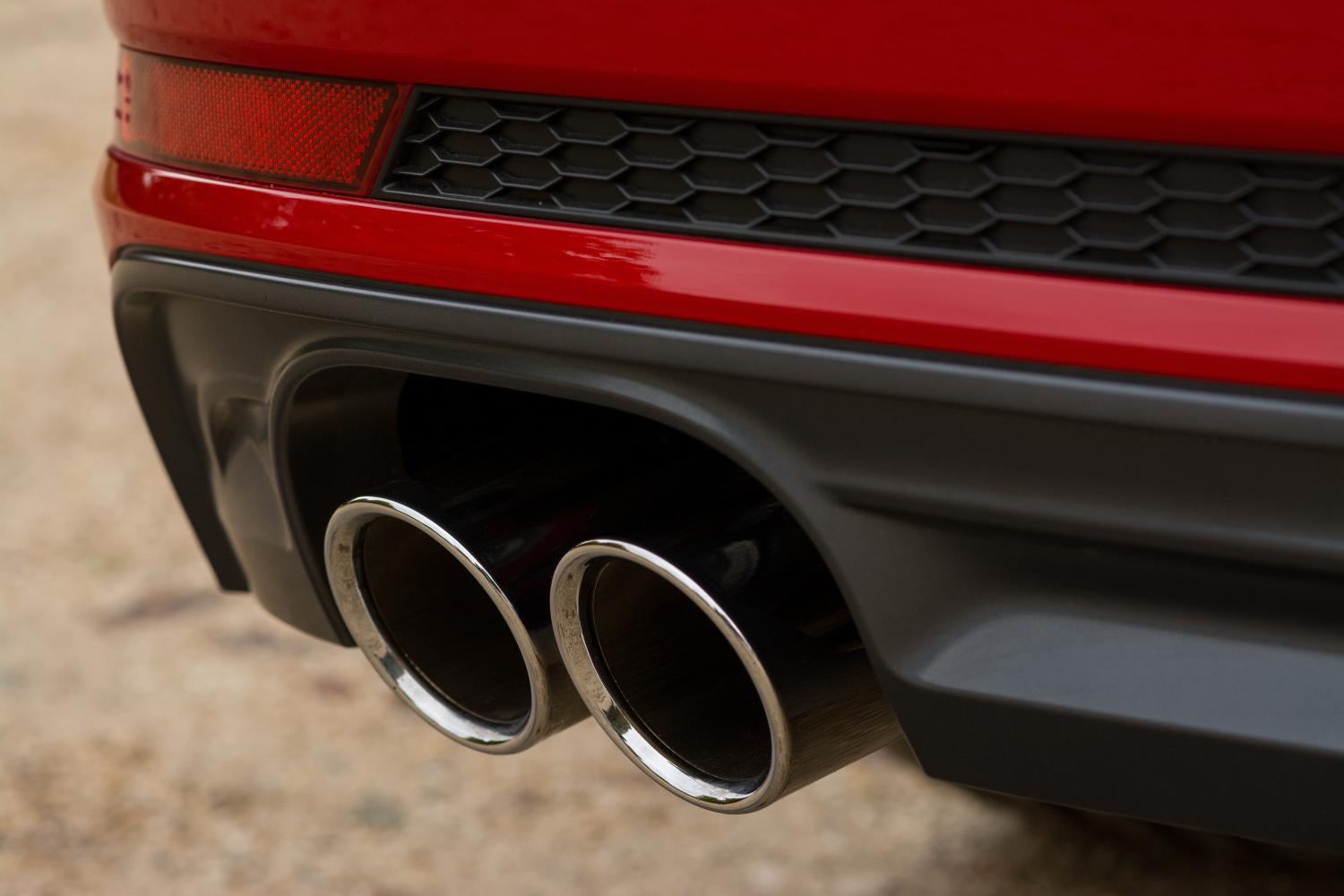
If there’s one thing diesels have over a petrol in abundance, it’s torque. This sheer pulling power means that for heavily loaded vehicles such as people carriers, vans, or trucks, there really isn’t much substitute for a diesel.
That’s especially true of people who often tow heavy items like caravans or horse boxes – they’ll find that a petrol, unless it’s a super-powerful one, really tends to struggle in these situations.
A diesel is more pleasant to use when loaded to capacity, and won’t suffer as much strain as a petrol would. You won’t need to ride the clutch so often, nor will you need to row through the gears at such a rate.
Which cars are you looking at?
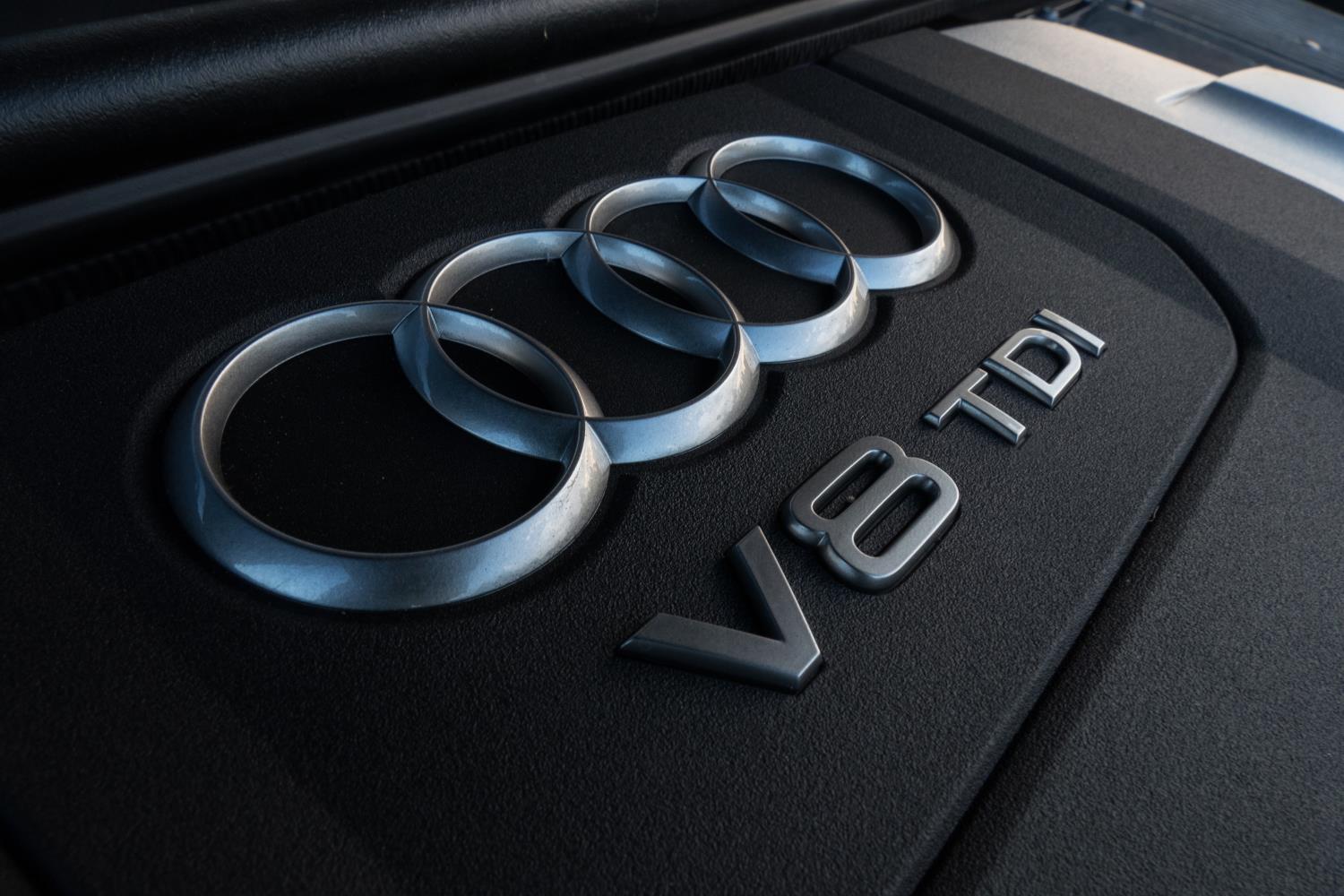
Of course, this all assumes you have an option. However, several cars simply don’t offer a viable alternative to diesel, leaving you with the choice of sticking with the oil-burner or choosing a different car.
Let’s take pickup trucks, for example – there’s currently not a single petrol-powered crew-cab pickup on the UK market. The same is often true of people carriers, and even some executive or family cars have this issue, too.
Move into the more luxurious end of the market and you may find the diesel is the ‘sensible’ option. Sure, there’s a petrol available – but it’s a monstrous V8 with a daft amount of horsepower and a fuel economy figure in the teens. In these situations, you may just have to work around a diesel – taking regular long journeys and making sure it’s impeccably serviced to keep the emission control systems running as they should.
There’s no doubt many drivers of diesel cars today would be better off in a petrol, or even an equivalent hybrid or electric model. Yet the fuel has its uses, for high-mileage, heavily-laden or penny-pinching buyers. As always, just shop carefully and consider all of your options before you buy.


